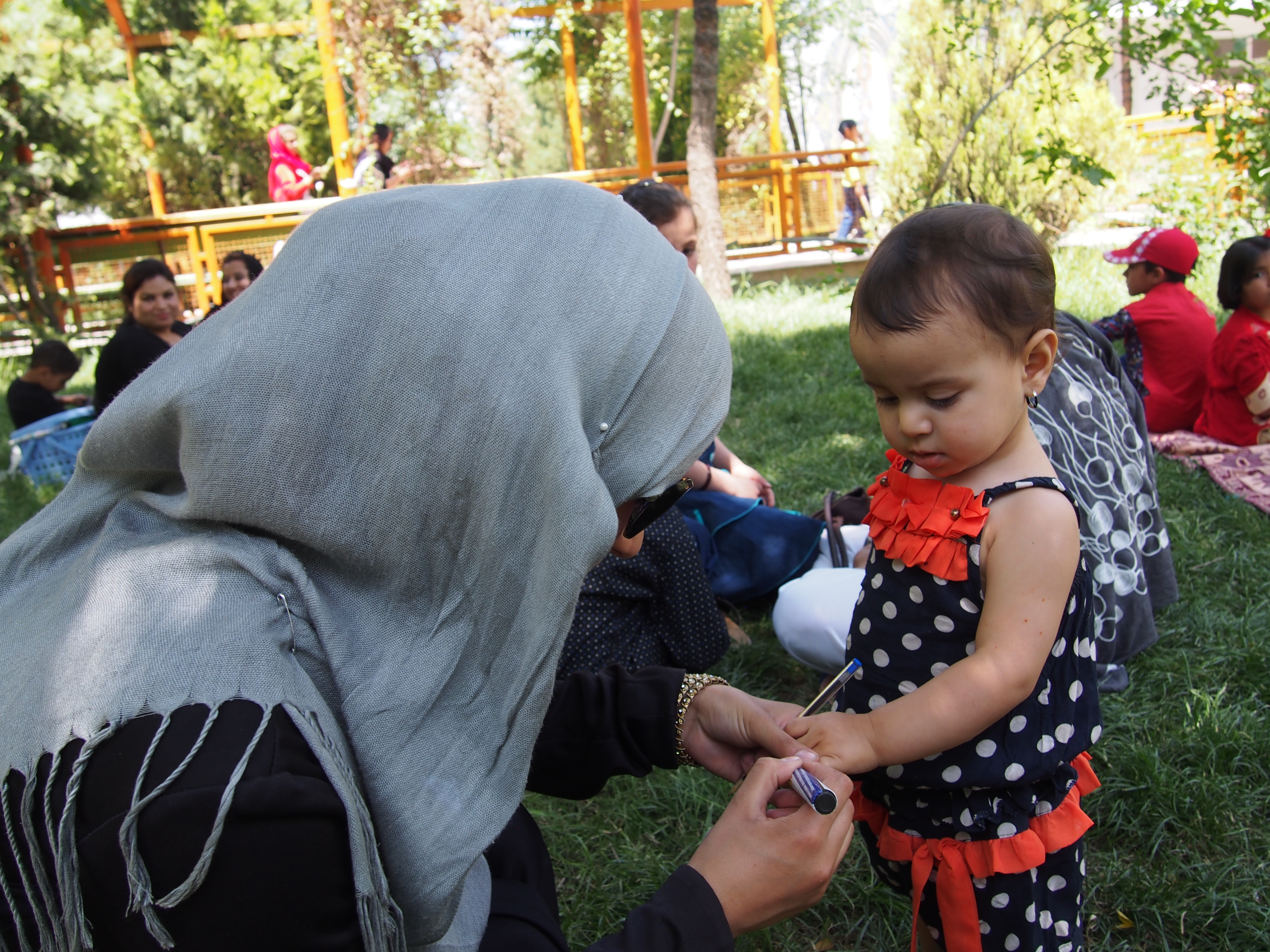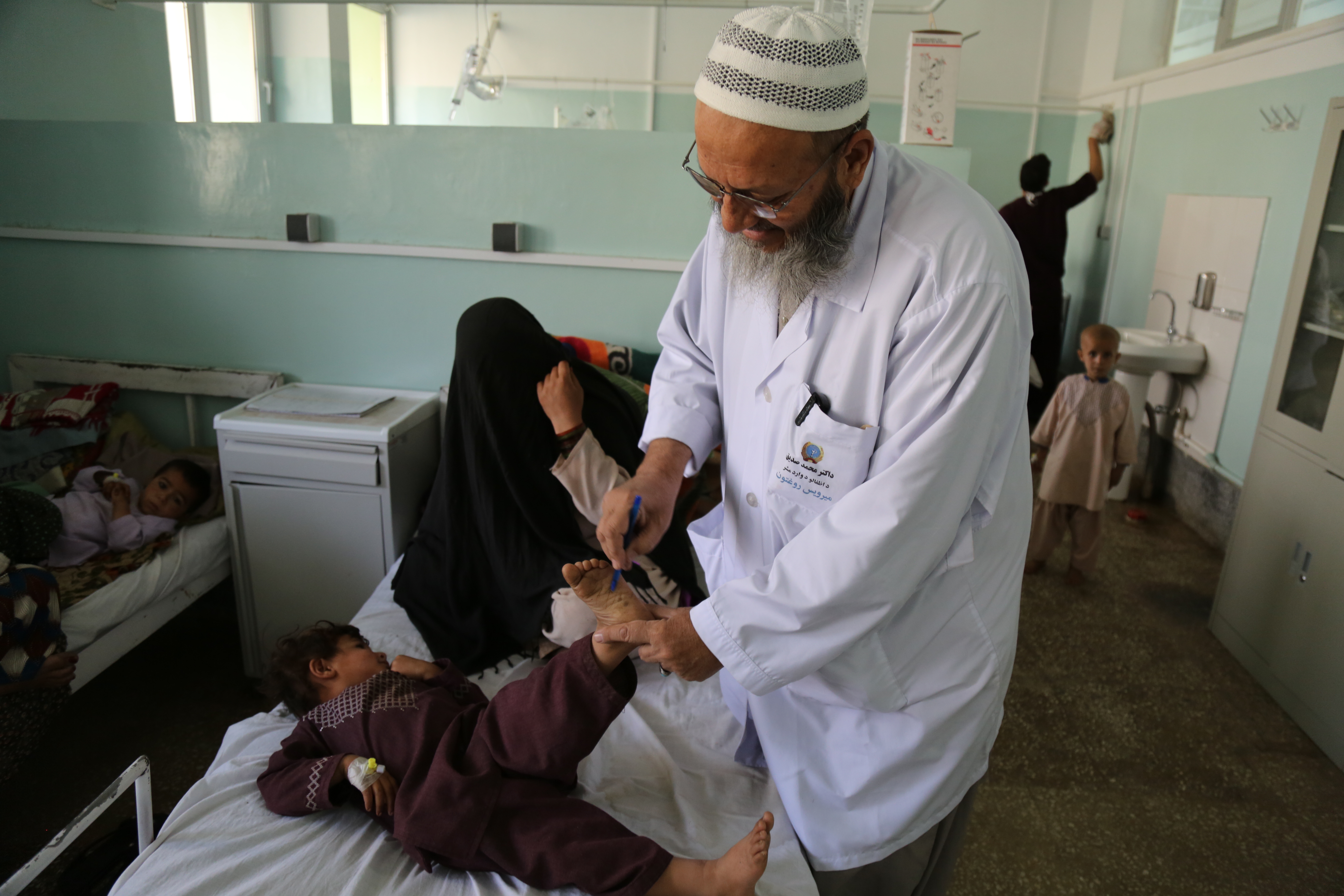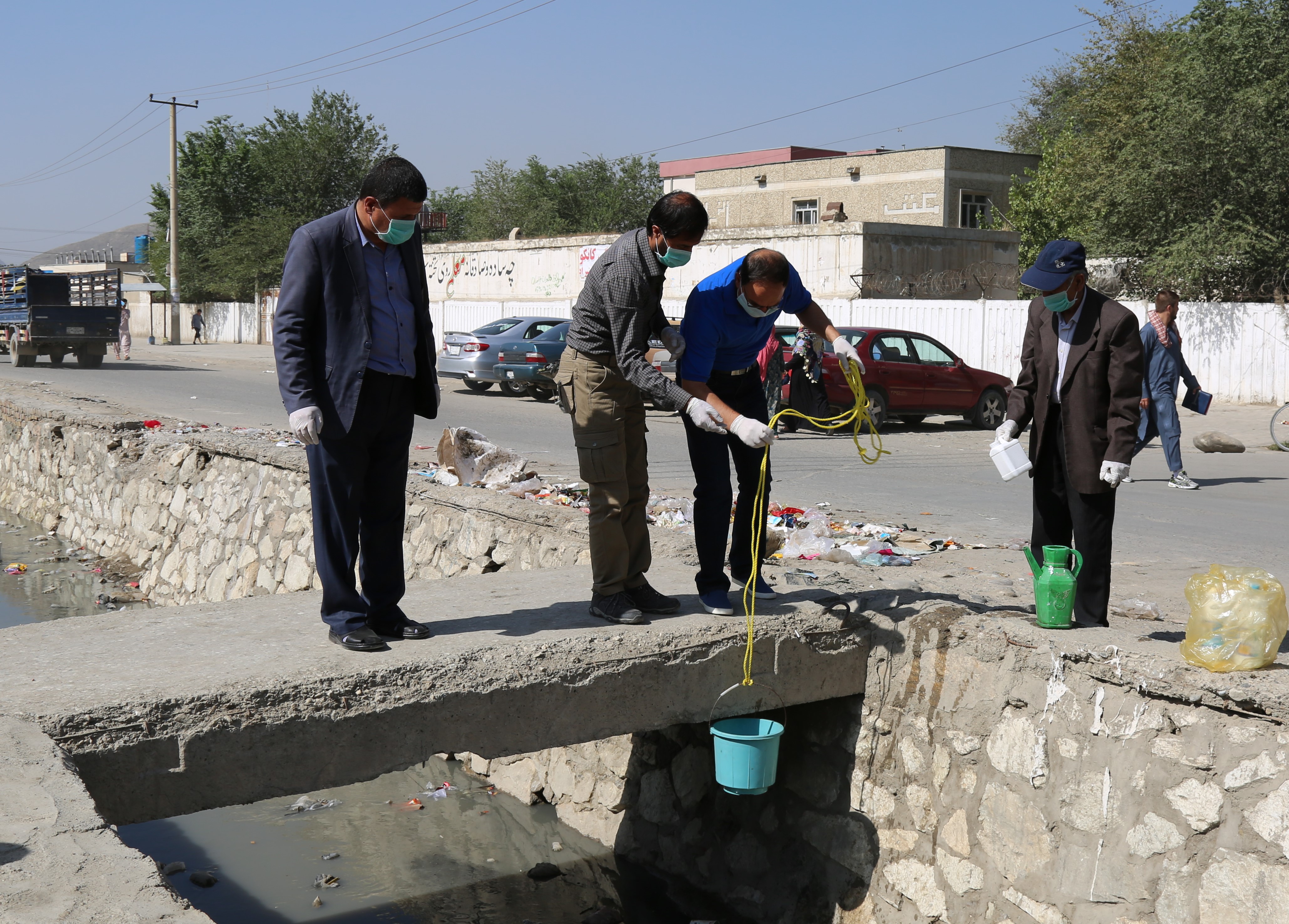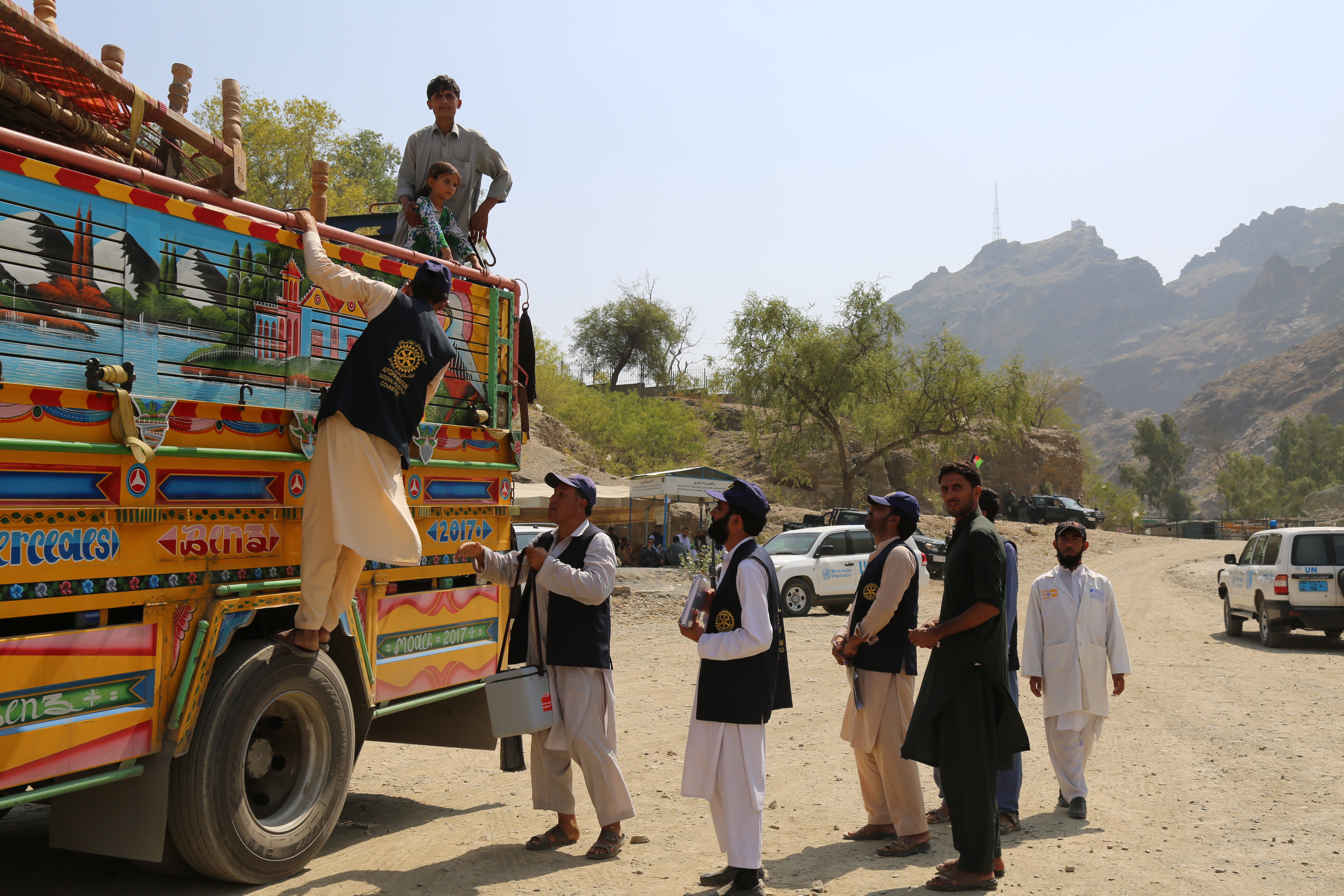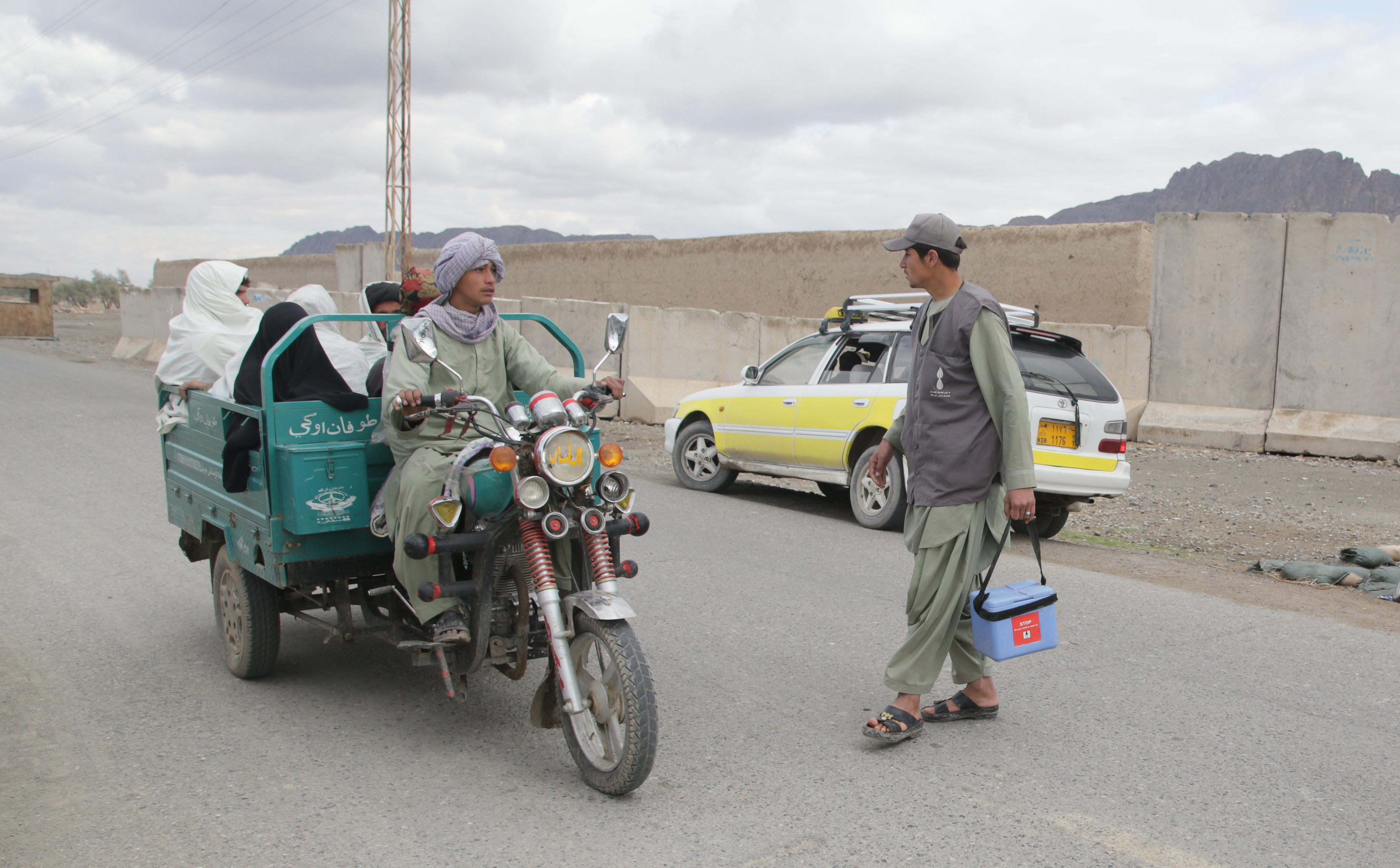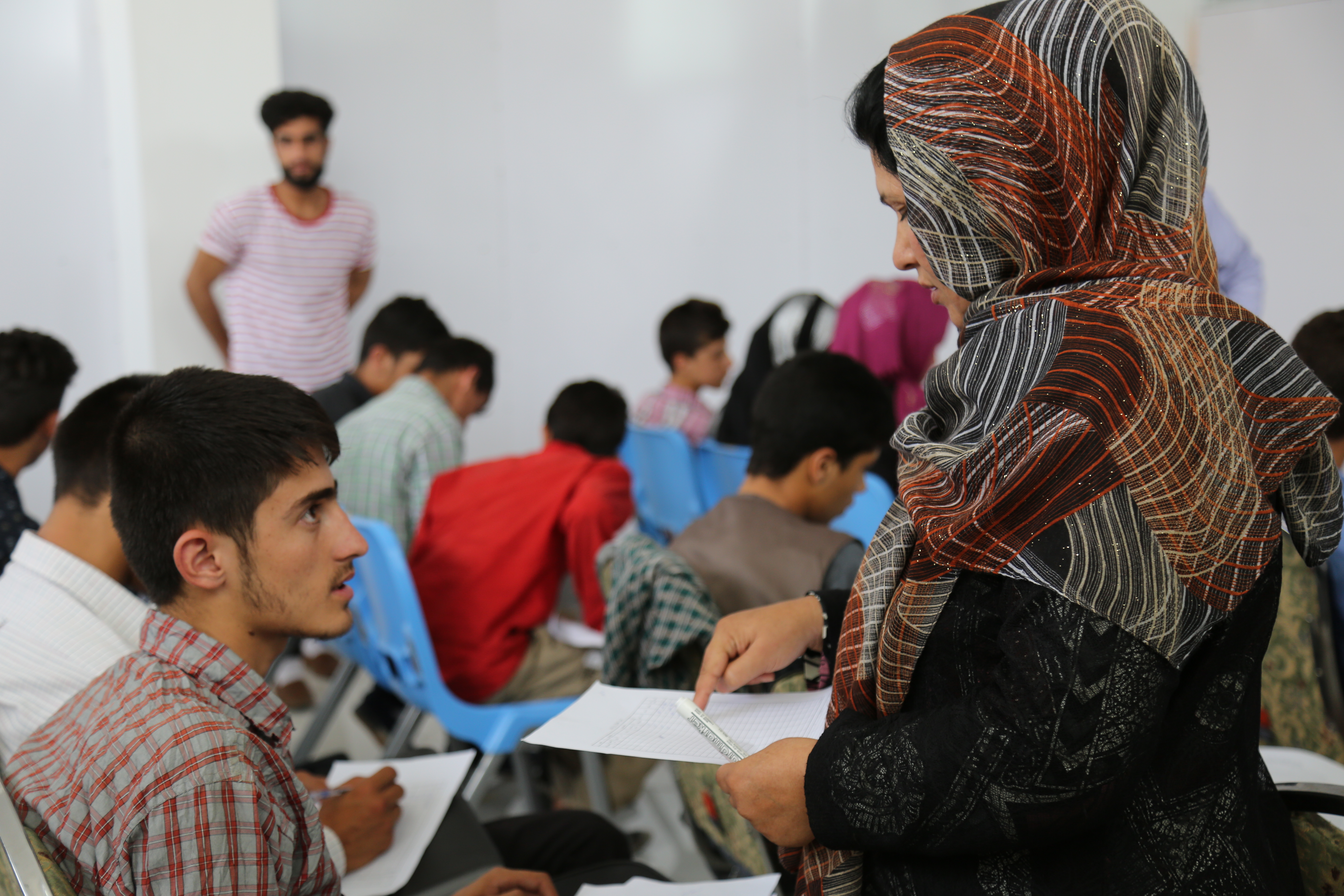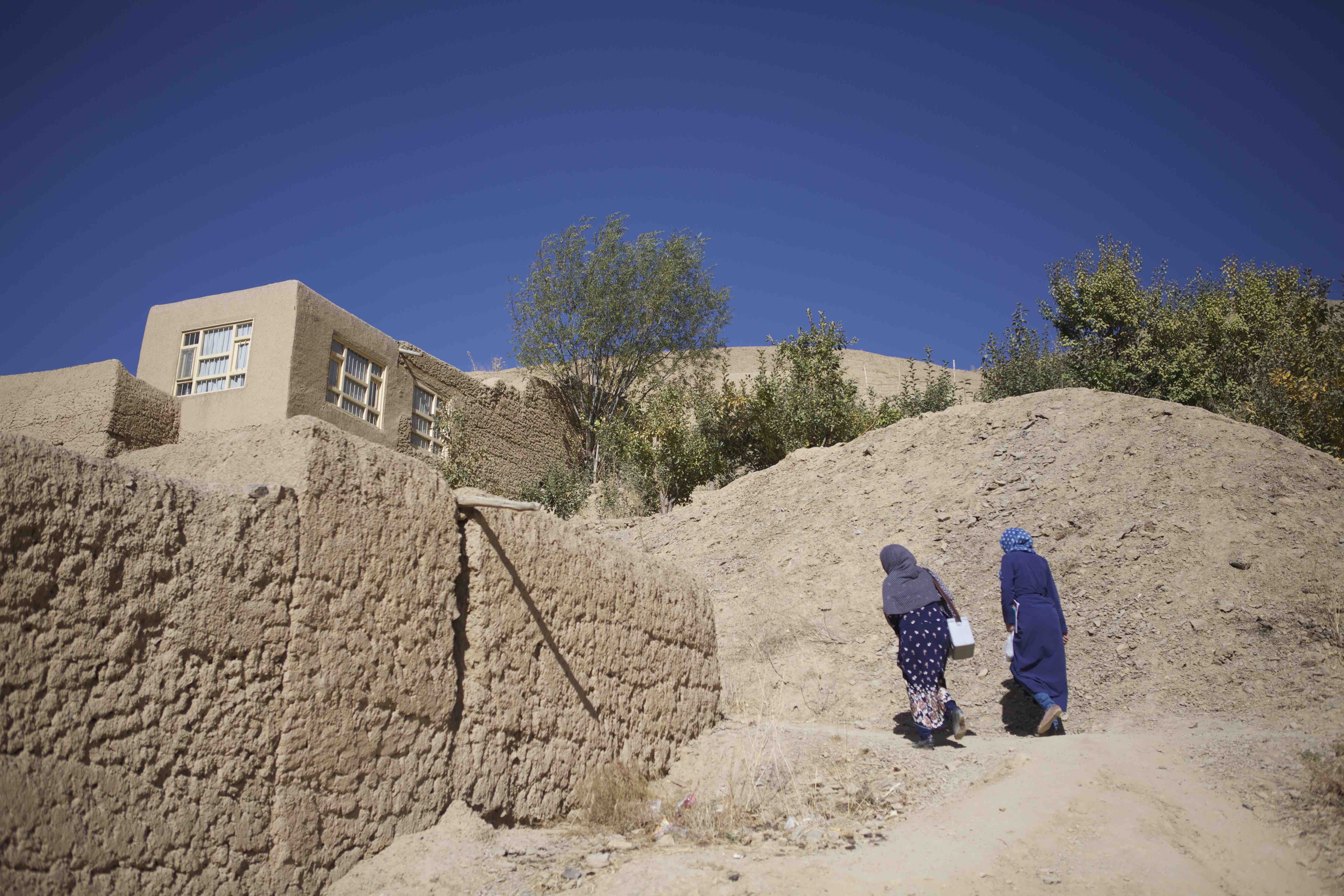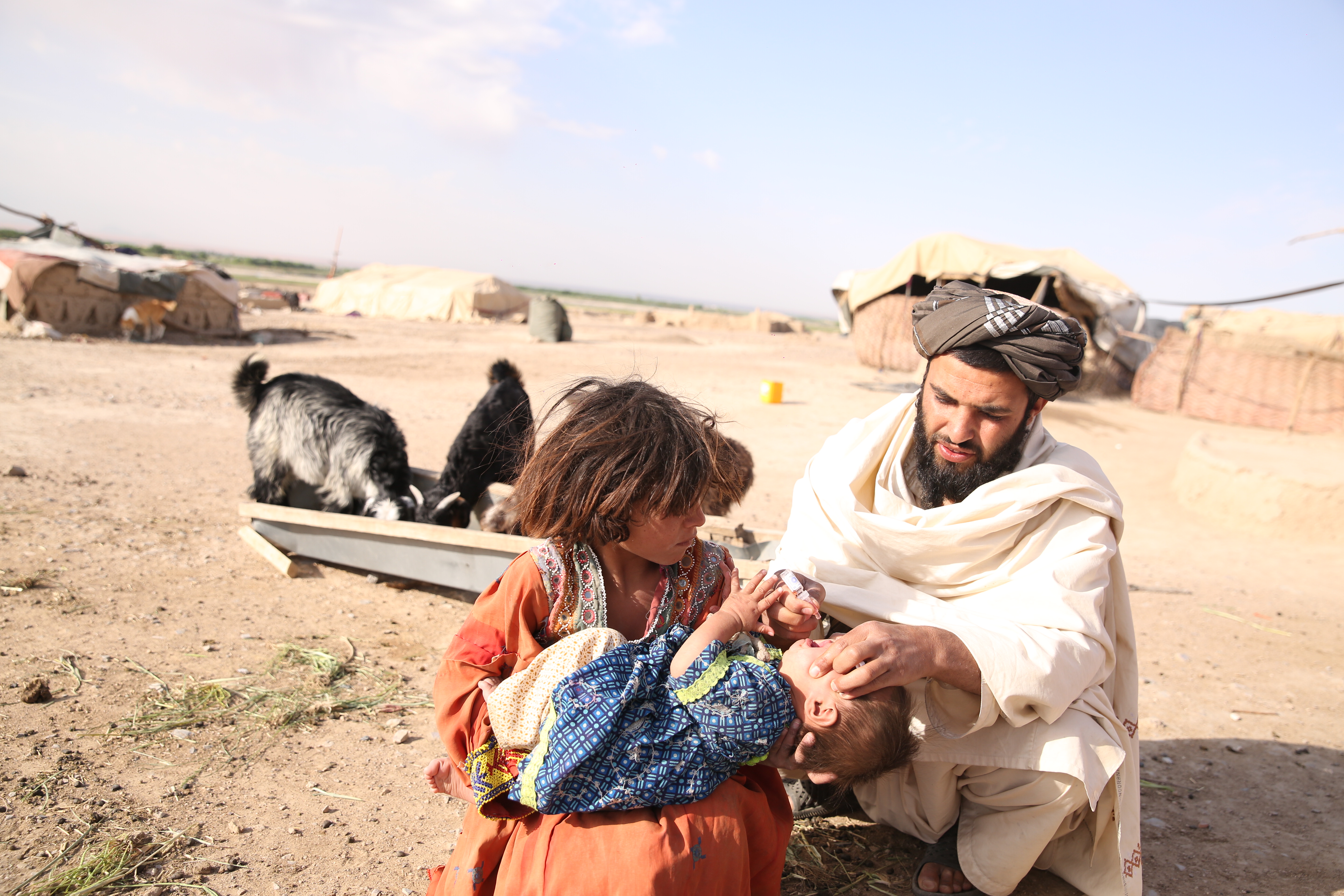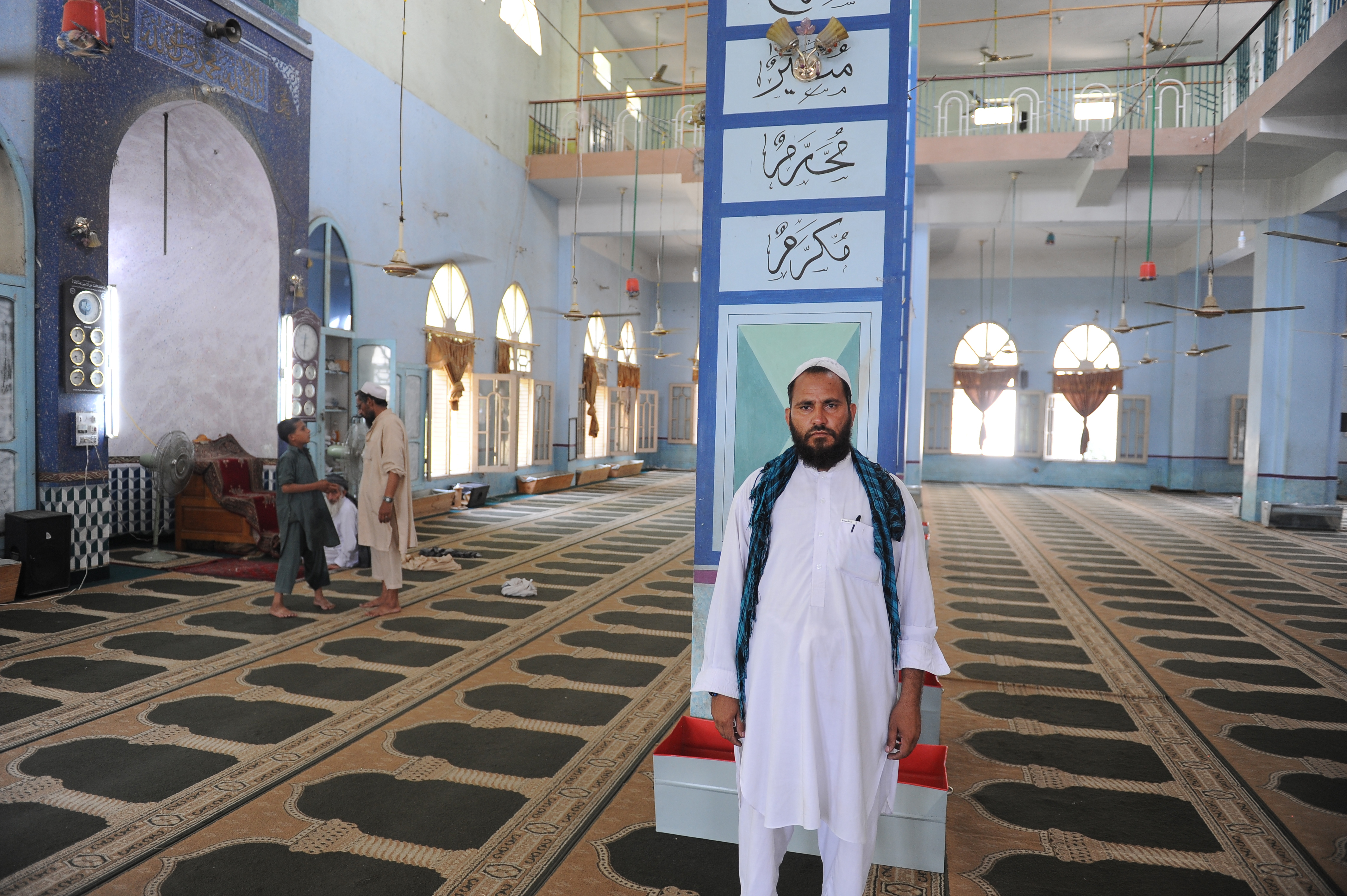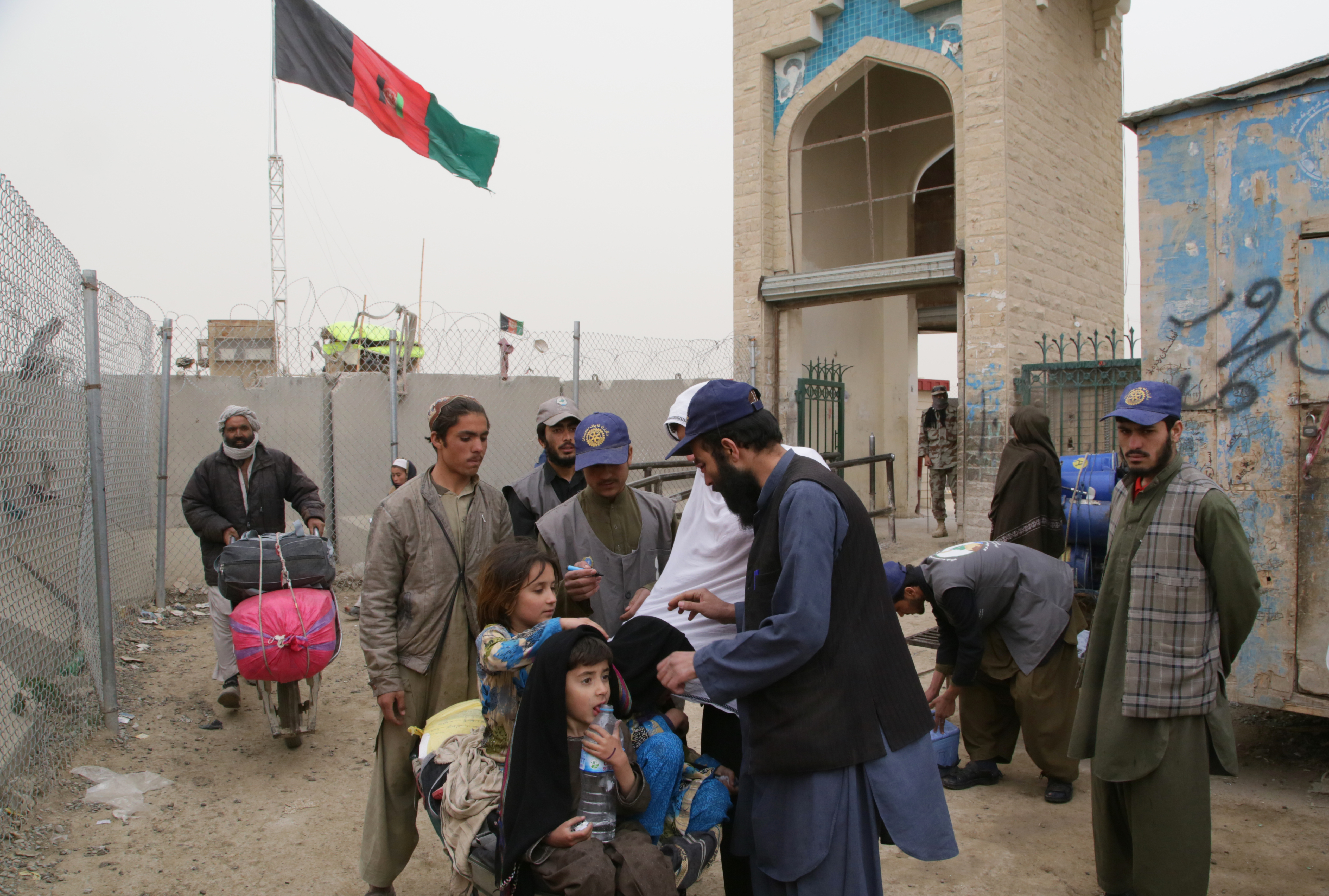News Category: Surveillance
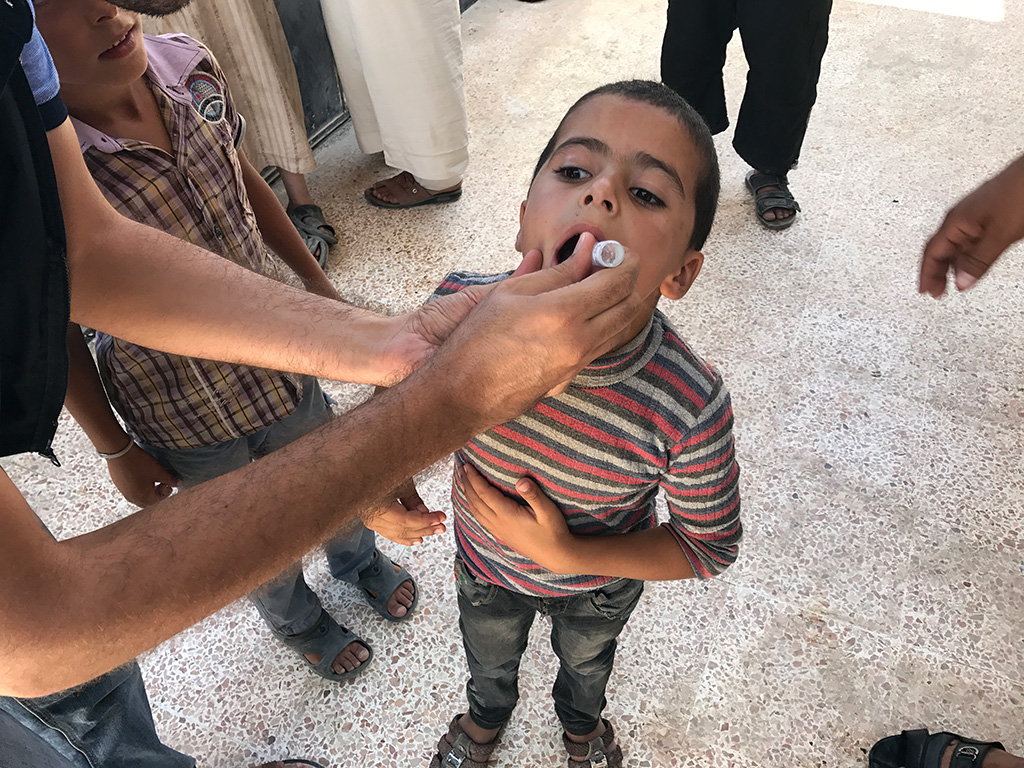
The year’s end offers the chance to reflect on the polio programme’s milestones and challenges in 2017, and look ahead to what we can achieve in the coming year. 2017 saw the fewest wild polio cases in history — a total of 17 cases, or a 50% reduction from the year before—with these cases occurring in just two countries: Afghanistan and Pakistan. Yet the need to reach every last child is more important than ever, as demonstrated by surveillance gaps in Nigeria and outbreaks of vaccine-derived polio in Syria and the Democratic Republic of the Congo.
From programme strategies that helped protect progress and overcome obstacles, to commitments from donors and partners, 2017 demonstrated the resolve required to achieve a polio-free future. Accelerating progress in the new year and ending polio for good will require maintaining these political and financial commitments as well as building upon the programme’s efforts to find the virus wherever it exists.
Rooting out the virus
Throughout 2017, developments in disease surveillance – both in humans and in the environment – allowed the programme to better hone in on the virus and identify its remaining hiding places.
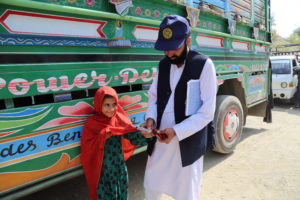
For example, in Afghanistan, blood tests helped pinpoint which children have been reached and where gaps in immunity persist, allowing health workers to launch targeted vaccination responses. In Sudan, a pilot study used a new method of quality control to help ensure that stool samples arrive at the lab in the right condition for testing. And throughout the Eastern Mediterranean Region, environmental surveillance networks were expanded and strengthened.
These innovations are building robust, sensitive surveillance networks around the world that pick up every trace of the virus and enable the programme to develop targeted immunisation responses before polio has the chance to paralyse children.
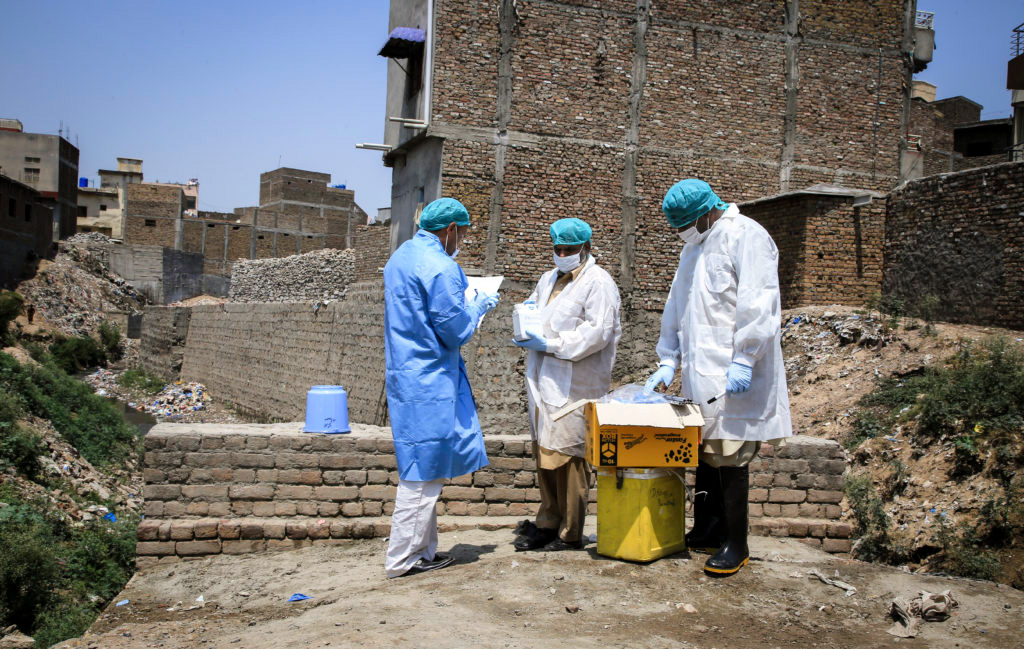
Overcoming challenges
The year also came with new challenges, including outbreaks of circulating vaccine-derived polio in Syria and the Democratic Republic of the Congo, where conflict has ravaged the health infrastructure. In these communities, and others where polio still exists, difficult terrain, conflict and highly mobile populations can all stand as hurdles to vaccinating children. Yet the polio programme continues to find new and effective ways of delivering vaccines.
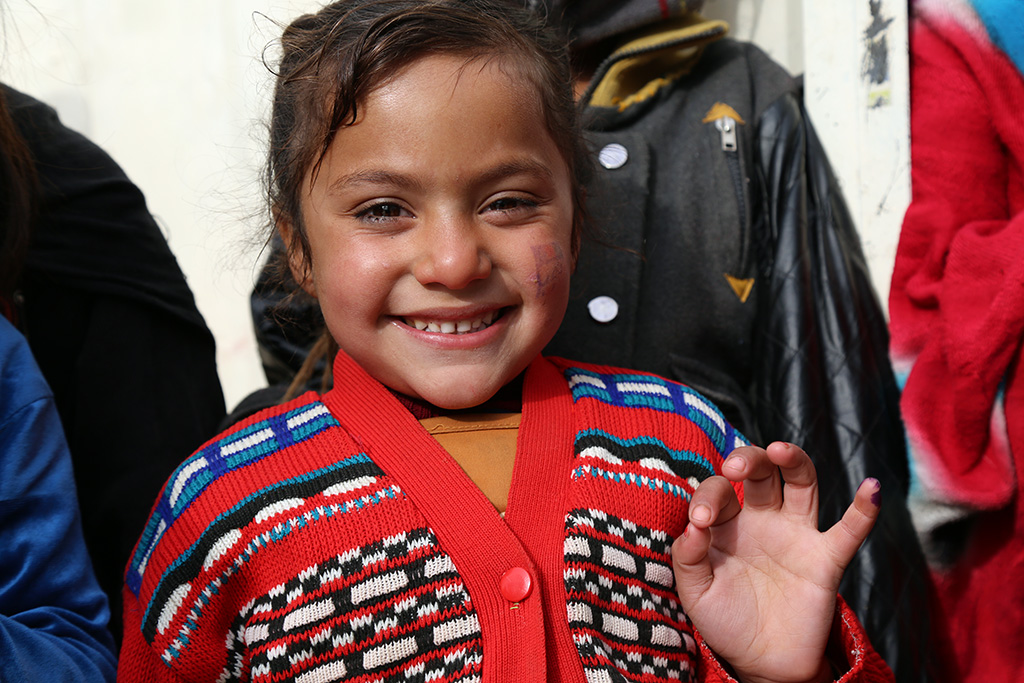
For example, in Afghanistan, a collaboration with a mobile circus is sharing important messages about polio vaccination with hard-to-reach populations, including those living in camps for internally displaced persons. In Pakistan, campaigns based at border crossings and train stations vaccinated children on the move who might otherwise have been missed by traditional methods. And in Syria, dedicated workers are delivering vaccines at transit points and registration centres for internally displaced persons. Thanks to these strategies, more than 255,000 children have been vaccinated in Deir Ez-Zor, 140,000 were reached in Raqqa and the programme continues to work to reach every child.
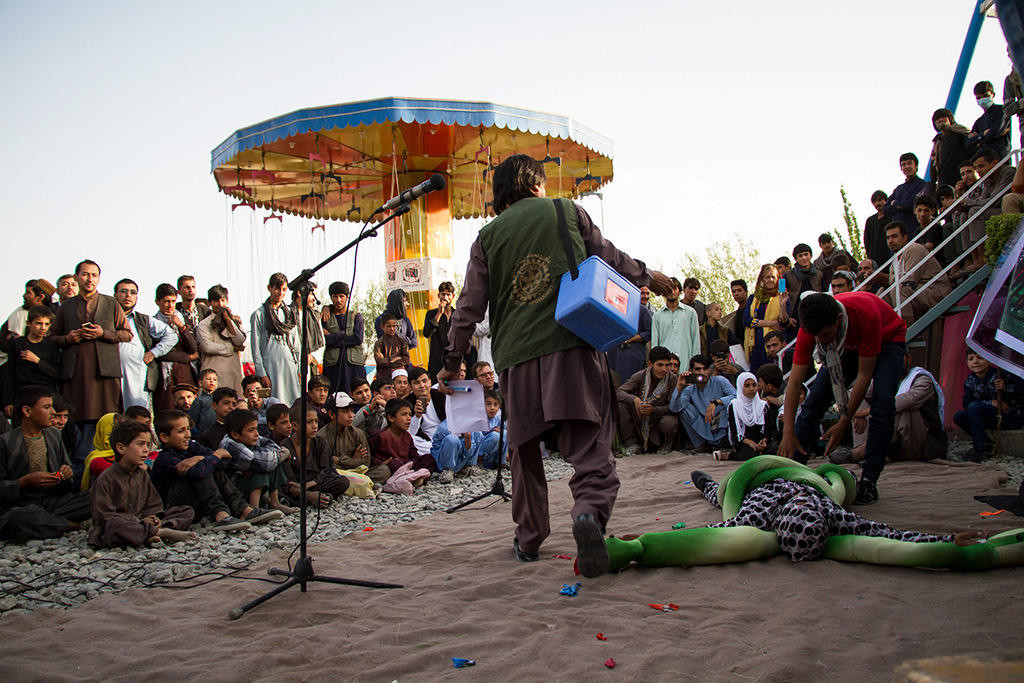
Renewed commitment to end the disease
Complementing these programmatic innovations were political and financial commitments that highlighted polio eradication as a priority for global health leaders. These included:
- In May, the World Health Assembly reiterated the importance of eradicating polio and strategically transitioning the programme’s assets, and the G20 Health Ministers recognized the contribution of the polio infrastructure in helping countries face health emergencies during their first-ever meeting in Berlin.
- At the Rotary International Convention in June, health leaders gathered and pledged US$1.2 billion to end polio. Just months later, the UK demonstrated its own longstanding commitment to eradication with a $130 million pledge.
- At the G7 Health Ministers meeting in November, leaders once again affirmed their dedication to polio eradication as part of their broader commitment to strengthen health systems.
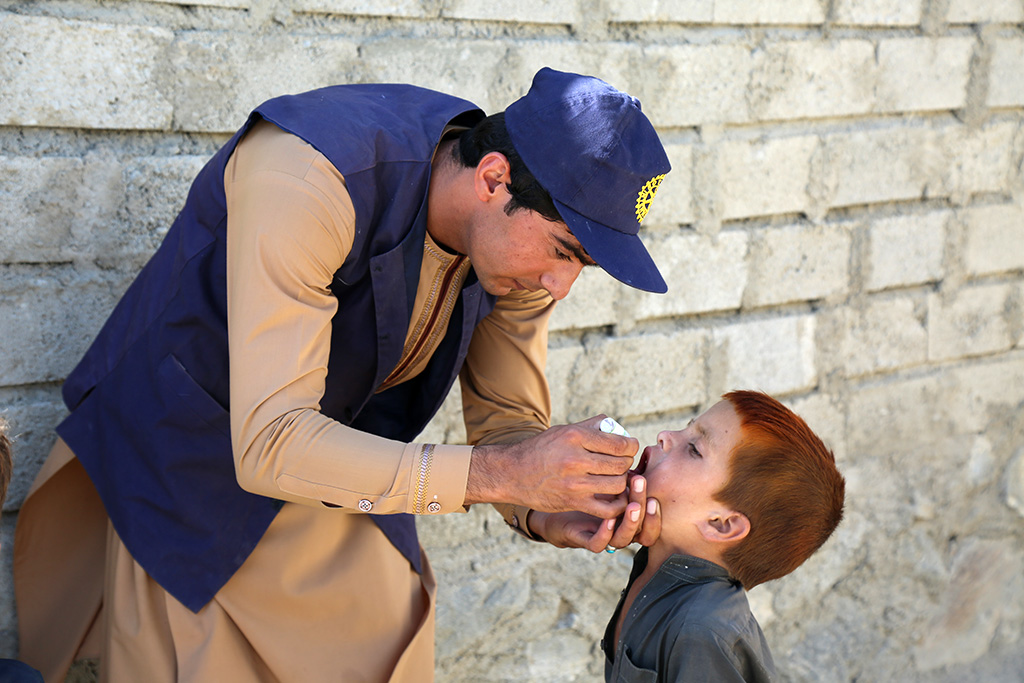
Looking ahead to 2018
Next year, country programmes will need to continue working to ramp up surveillance, particularly in Nigeria, and reach children everywhere with vaccines. Cross-border coordination between Pakistan and Afghanistan, which has already had a huge impact in reducing cases, will continue to be critically important to stopping transmission.
At the same time, the global community is beginning to solidify plans for keeping the world polio-free once eradication is achieved. Countries are developing strategies for transitioning the infrastructure and tools that they currently use to fight polio. And the GPEI is working with global stakeholders and partners to develop the Polio Post-Certification Strategy, which will define the activities needed to keep polio from returning after the virus is eradicated.
If the remaining endemic countries continue to do all that they can to stop the virus, and if the global community continues to meet the level of political and financial commitment needed to make and keep children everywhere polio-free, 2018 will bring the world’s best opportunity yet to end the disease.
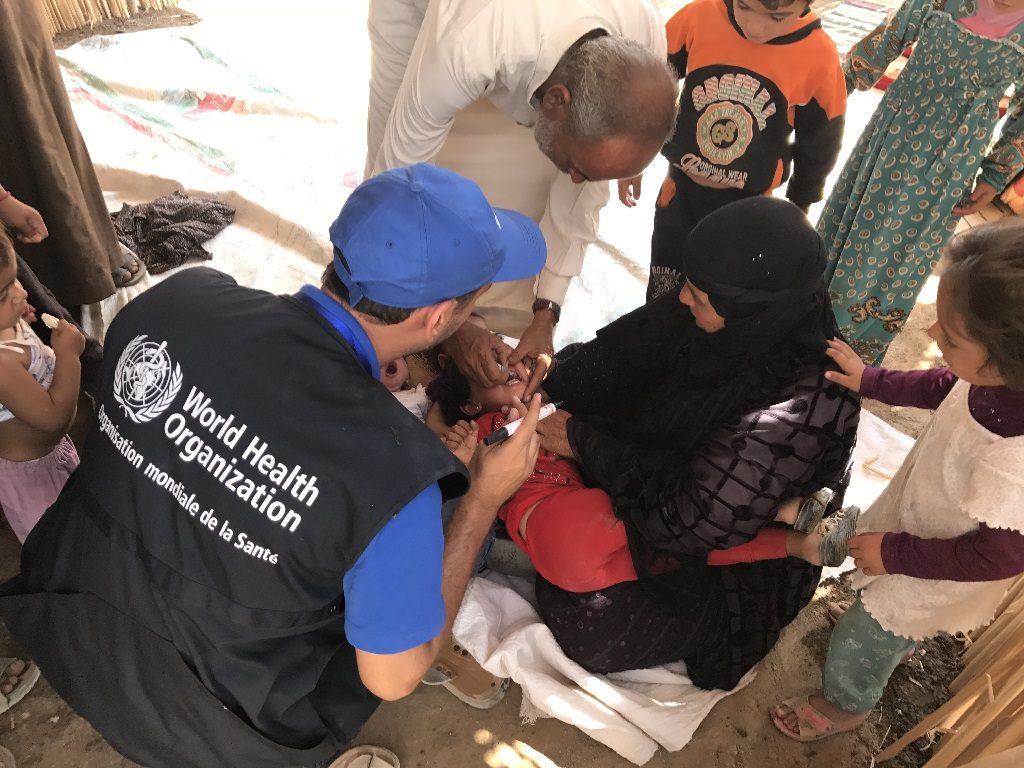
Amidst conflict and humanitarian crisis in Syria, health workers are battling to end the current polio outbreak. Since the World Health Organization announced the outbreak on 8 June 2017, 70 cases have been confirmed, with 67 in Deir Ez-Zor governorate, two in Raqqa and one in Homs.
Vaccinating children
WHO and UNICEF are supporting the Government of Syria and local authorities to end the outbreak. Two mass vaccination campaigns have taken place, thanks to dedicated health care workers on the ground, striving to reach resident, refugee and internally displaced children. Despite the challenges of holding vaccination campaigns in a conflict zone and effectively reaching displaced populations from infected areas, more than 255,000 have been vaccinated in Deir Ez-Zor, and more than 140,000 in Raqqa.
Contingency plans for an additional vaccination campaign are being put in place to reach children under the age of five with monovalent oral polio vaccine type 2 in the infected zones and areas hosting high risk populations, particularly recently displaced families from Deir Ez-Zor.
Two different vaccines are being used to ensure that population immunity against polio is rapidly increased. The monovalent oral polio vaccine type 2 is being used to rapidly increase immunity against type 2 polio. To boost immunity against type 2 and also provide protection against types 1 and 3, the inactivated poliovirus vaccine is also being provided to children aged between 2 and 23 months in high risk areas.
Preventing spread of polio
While all hands are on deck to stop polio, outbreak response teams are also working hard and adapting complementary strategies such as vaccination at transit points and registration centres for internally displaced persons from infected zones, to prevent spread of the virus to other parts of the country. The inactivated poliovirus vaccine is being used strategically in high risk areas, especially where there are high numbers of internally displaced families.
In order to reduce the threat of polio spreading to the countries surrounding Syria, vaccination activities have been carried out in Iraq, Lebanon and Turkey. These activities are aiming to reach both Syrian children and those from local communities to limit the possibility for the virus to spread across international borders.
Searching for the virus
Knowing where the virus is at all times is crucial to stop the outbreak. Surveillance is ongoing across the country, with doctors, community members and vaccinators on the alert for any child with potential symptoms of polio. The surveillance system is operating well, despite the challenges of transporting stool samples from children with symptoms to laboratories for testing.
Plans are also in place to begin environmental surveillance in Syria by the end of the year. This will enable laboratories to identify the presence of polio in sewerage to provide early warning.
The information from disease surveillance being used to inform where and when vaccination campaigns need to take place.
Vaccine derived polio
The current outbreak in Syria is caused by circulating vaccine derived poliovirus type 2, a very rare virus that can occur when population immunity against polio is very low. In Syria, conflict and insecurity have compromised community access to immunization services, which has allowed the weakened virus in the oral polio vaccine to spread between under-immunized individuals and, over a long period of time, mutate into a virulent form that can cause paralysis. The only way to stop transmission of vaccine-derived poliovirus is with an immunization response, the same as with any outbreak of wild polio. With high levels of population immunity, the virus will no longer be able to survive and the outbreak will come to a close.
Read more
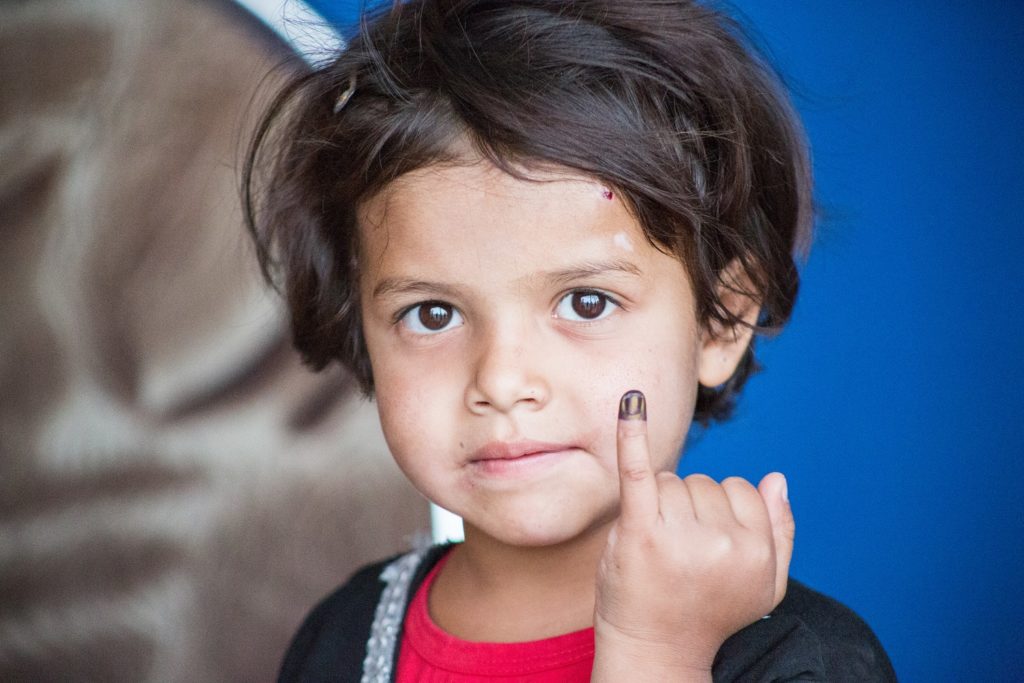
In Afghanistan this year, staff from the non-governmental organization Care of Afghan Families collected 420 blood samples from children under 4 at the Mirwais Regional Hospital in Kandahar province. The aim? To find out whether polio vaccination campaigns have been reaching enough children, and whether the vaccines have been generating full protection against this paralysing disease. These ‘serosurveys’ showed that immunity in Afghanistan is high – and also identified where vaccination campaigns need to reach out further.
Whenever a polio vaccination campaign takes place, a purple dot of ink is painted onto the little finger nail of every immunised child to show that they have received the lifesaving vaccine. This data is collected and allows people to monitor the campaign and know exactly where children have been reached.
Now, with more children being vaccinated than ever before, the polio eradication programme needs to know more than how many children are being reached: we need specific data on where children are being missed.
Serosurveys testing for immunity
Serosurveys are simple tests of the serum in a child’s blood, which measures their immunity (or seroprevalence) to different diseases. The polio eradication programme uses this test to see what level of protection a child has against wild poliovirus types 1, 2 and 3, allowing them to assess whether the vaccination campaigns are reaching enough children, enough times, to give them immunity.
At the Mirwais Regional Hospital, the children tested were from a diverse range of provinces. Their results were sent to Aga Khan University for initial testing, and then sent for further analysis to one of the Global Polio Eradication Initiative partners, the US Centers for Disease Control and Prevention in Atlanta. Through mapping both where they live and their immunity results, scientists at both institutions helped polio eradicators to discover the areas where a child is at most risk of being missed by vaccination campaigns.
Serosurvey results can be crucial for planning campaign strategies – making sure that every last child is reached, no matter where they live.
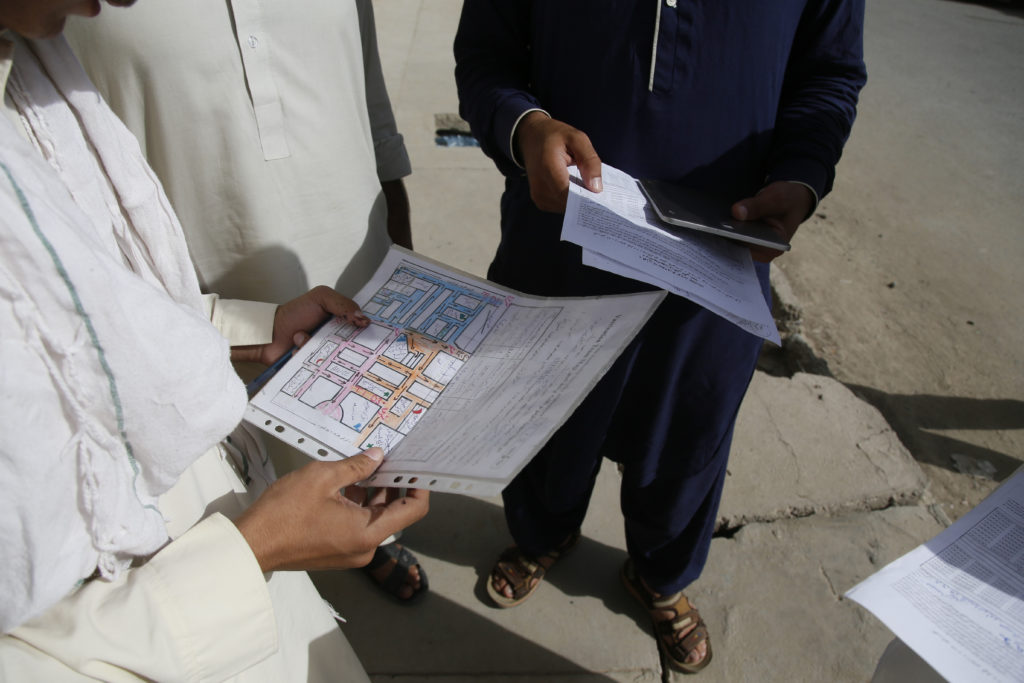
For Ondrej Mach, team lead for clinical trials and research in the WHO’s Polio Eradication Department, serosurveys “… are increasingly important for eradication efforts, allowing us to form an accurate picture of our progress so far, and the locations where we are being most effective.”
High immunity in Afghanistan
The Mirwais serosurvey proved that Afghanistan is closer than ever to eradicating polio, with more than 95% of children surveyed immune to wild poliovirus type 1, the virus type still circulating in some areas of Afghanistan, Pakistan and Nigeria, and more than 90% immune to type 3, which hasn’t been found anywhere in the world since November 2012. The tests also pointed to where gaps in immunity are, so that missed children can be found and protected.
These results are a strong reflection of the devoted work of polio vaccinators and community workers throughout the country, using their expertise to reach into every family, and spread awareness of the importance of polio vaccination.
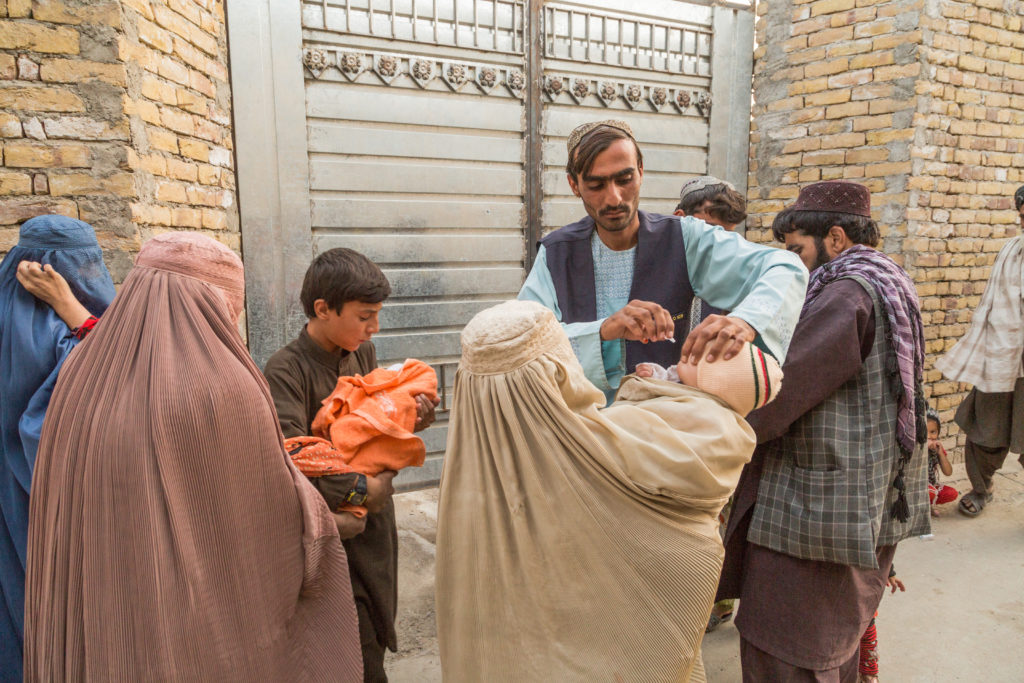
Using serosurveys in at-risk countries
As in Afghanistan, serosurveys are increasingly used in other countries where polio remains or poses a threat, to help identify the last remaining pockets of under-immunized children in high risk areas. This is especially important because with polio in fewer places than ever before, it is these unreached children that will take us over the finishing line.
By getting an increasingly accurate picture of where vaccination campaigns are operating successfully, as well as where the programme needs to renew efforts, we can move further towards the goal of reaching every child.
This helps us reach our ultimate goal – ensuring that every last child, everywhere, can be polio free.
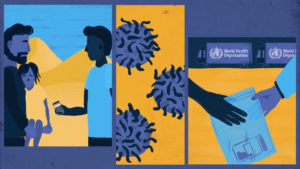
It starts with a sick child, whose arms or legs have suddenly become weak and floppy. A trip to the local health centre, which could be many miles away, confirms that the child is showing classic signs of acute flaccid paralysis. This is one of the key indicators for poliovirus and kick starts the polio surveillance system into action. In Sudan, an innovative approach to transporting stool samples from potential polio cases to the laboratory for testing is making it even more likely that if polio returns, it will be found.
Strong surveillance to identify every case of acute flaccid paralysis is the golden standard of the polio eradication programme. In countries like Sudan, where the last case of wild poliovirus was seen in March 2009, it remains critical. Even though Sudan is now polio-free, it remains at risk of reimporting the virus, so a high level of vigilance is needed while polio continues to circulate anywhere in the world.
The importance of strong surveillance in Sudan
Amid outbreaks of acute watery diarrhoea, severe malnutrition in children under 5, large scale internal population displacement and an influx of more than 1 million refugees from South Sudan due to conflict, Sudan has managed to maintain a strong surveillance system for polio. Despite these challenges, global surveillance standards – which tell a country whether their system is sensitive enough to catch polio circulating in communities – continue to be met.
But polio remains a threat to every child, everywhere, until it is stopped for good. Today, only three countries remain to be polio endemic – Pakistan, Afghanistan and Nigeria. Countries like Sudan that are close by, with low routine immunization rates, weak health infrastructure or facing conflict and population displacement, remain at a higher risk of polio finding its way back.
The role of the reverse cold chain for surveillance
When any case of acute flaccid paralysis is found anywhere in the world, stool samples from the affected child must be transported carefully to the laboratory so that they can be tested to identify whether the poliovirus was the cause.
Mr Jaouad Tilout, from WHO Eastern Mediterranean Office Polio Eradication Programme, explains that this journey undertaken by each sample is known as the ‘reverse cold chain’. “If a cold chain is what you call the transport chain that goes from a laboratory to the field – where vaccines must be kept at a certain temperature from the moment they are produced, until they are administered in order for them to work – a reverse cold chain is the process of stool samples that need to be tested getting back to the lab from the field at a certain temperatures so that the virus that might be in the sample will still be identifiable.”
Innovations in the reverse cold chain
With support from Global Polio Eradication partners, Sudan is part of a pilot study of a new device that aims to ensure stool samples collected from acute flaccid paralysis cases reach Sudan’s National Poliovirus Laboratory in the right condition for effective testing.
Mr Jaouad Tilout says that the pilot study aims to assess whether specimens being transported are meeting global guidelines and introduce continual temperature recording probes known as ‘LogTags’ to track specimens during their journey to the lab.
Dr Christopher Hsu, from the Centers for Disease Control (CDC), and Mr Tilout co-led a two-day workshop in Khartoum to train public health staff on the use of the new tool.
“This is a really important innovation that could be implemented in other EMRO countries, such as Yemen and Somalia, to assess their reverse cold-chain too. It’s a critical process in the end game for polio because we are looking to keep any potential poliovirus alive in the stool specimen so it can be properly notified by the lab,” Mr Tilout says.
The LogTag training has been delivered to 20 health staff from Sudan’s National and State health offices, the National Polio Laboratory, and the WHO Sudan Country Office. The study will be conducted over the next six to 12 months with the goal of collecting approximately 250-300 LogTag measurements. Findings from this assessment will be used to give feedback to state polio surveillance officers on any deviation from reverse cold-chain parameters.
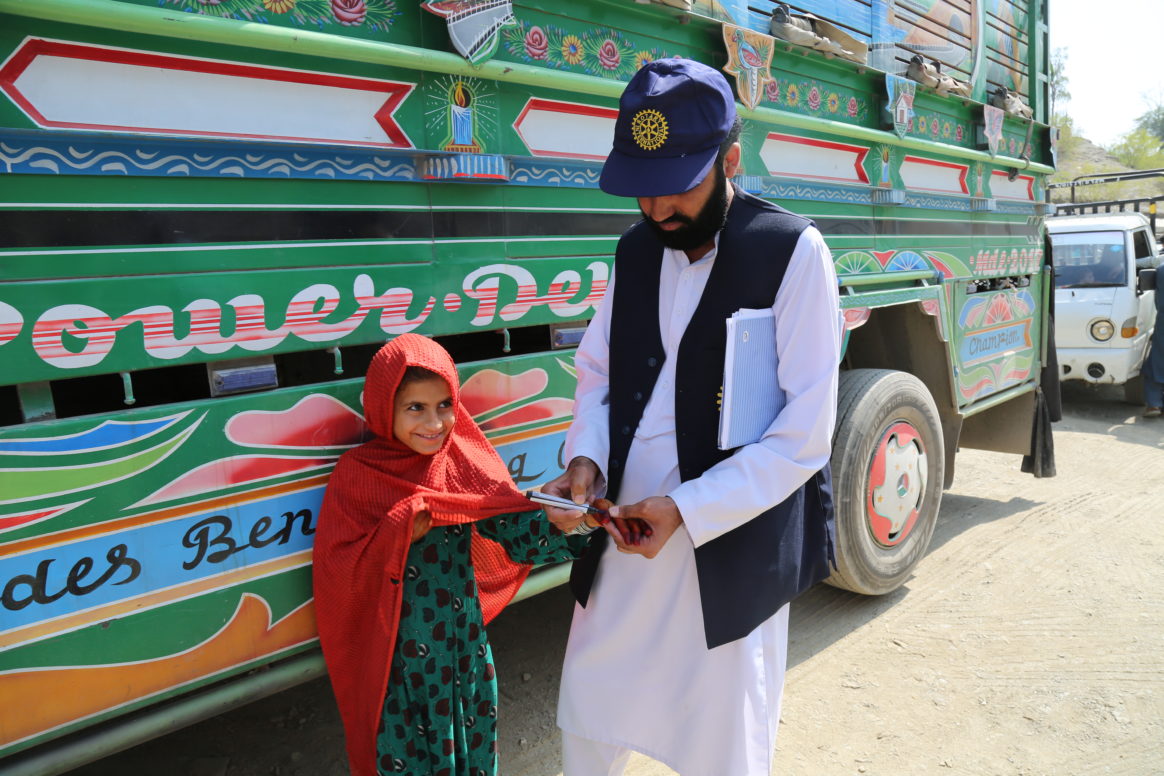
Malik is one of the hardworking vaccinators making sure that even children on the move are protected against polio.
The poliovirus knows no borders, making children on both sides of the border between Afghanistan and Pakistan vulnerable to contracting the debilitating disease. This is why, placed strategically along the border, 19 WHO-supported vaccination posts reach children on the move as they cross between countries, ensuring that all children under the age of 10 receive two drops of the oral polio vaccine to protect them from polio.
One of these teams is led by Malik, who has worked for the polio eradication programme for 14 years.
“I wanted to join the eradication programme when I heard that polio is a contagious disease that affects children. I wanted to serve children and our community. I learned about polio on the TV and radio and the health workers who came to our home to share information about the virus.”
Protecting children on the move
Malik started working as a vaccinator and has now worked as a team supervisor for the past 10 years.
“I am proud when we can reach every child and when I see my team vaccinating children, making sure that no child is missed. This makes me very happy,” he says.
Cross-border vaccination teams are crucial in the fight against polio. The Torkham border between Afghanistan and Pakistan, in eastern Nangarhar province, is one of the busiest border crossings in Afghanistan. Currently 38 WHO-supported vaccinators work in three shifts, operating 24 hours a day, 7 days a week.
“Today I started my work at 5.30 am. When we arrive at work in the morning, I gather the team together and we go through any issues that arose in the previous shift. We revise the schedule of the day and I assign teams to their specific locations. We have three locations at this border where we vaccinate all children coming to Afghanistan and those who are leaving.”
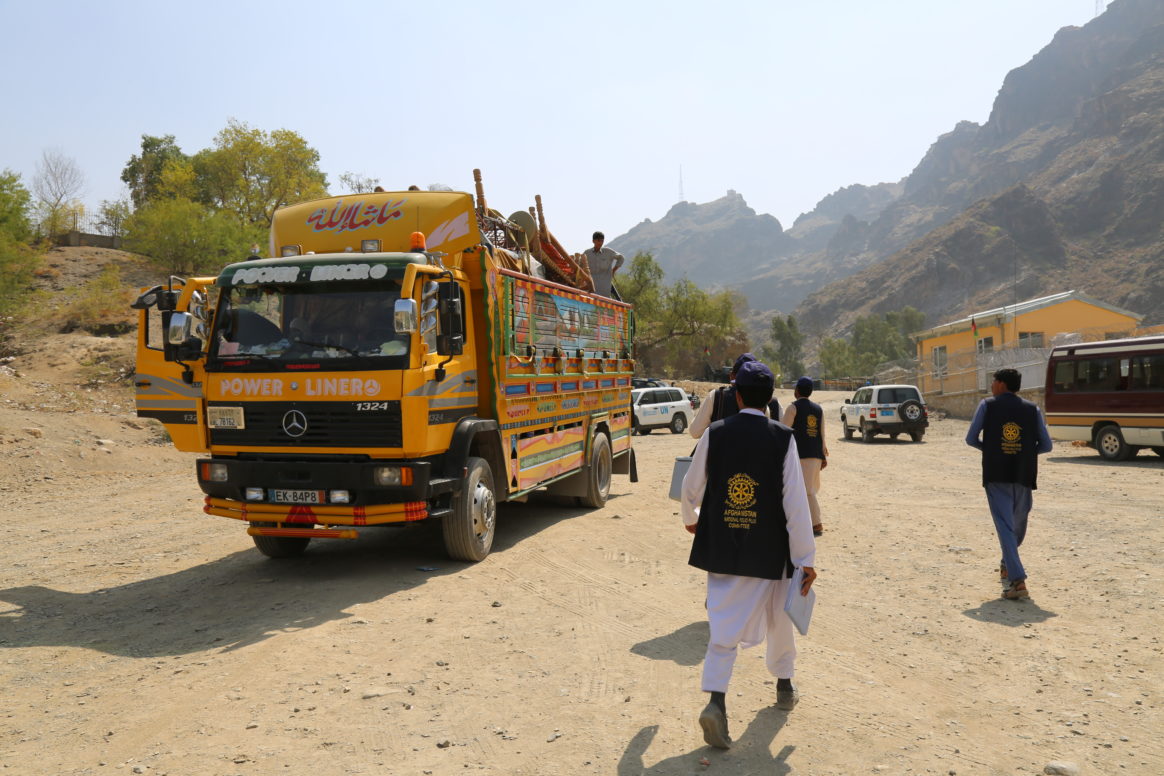
Checking for signs of polio
Since January 2017, WHO and partners have vaccinated over 44 000 Afghan children under the age of 10 crossing the border to Afghanistan from Iran and Pakistan. Over 25 000 of these have been vaccinated at the Torkham border’s so called “zero point” – the first point where Afghan refugees and returnees returning from Pakistan arrive.
“We focus a lot of finding cases of acute flaccid paralysis, sudden onset of floppiness in the limbs that is a sign of polio. We check children in all the vehicles that arrive at the border and work hard not to miss any potential polio cases,” Malik says. “When the trucks park here, we talk to the parents and ask about any possible cases of paralysis in the family. We also educate them about the importance of vaccines and tell them about the routine immunization services that are available free-of-charge in Afghanistan’s health facilities.”
Building trust
Most caregivers crossing the border to Afghanistan accept the polio vaccine but challenges remain.
“Sometimes we see parents who refuse to vaccinate children. We try our best to convince them to vaccinate by telling them more about the benefits of the polio vaccine and how polio cannot be cured. Those who refuse to vaccinate their children often don’t understand what the vaccine is or how it is essential for protecting their children,” Malik says.
Despite difficulties and his demanding work in a challenging environment where the security situation can shift quickly, Malik and his team are determined to continue the fight against polio.
“Afghanistan is still polio-endemic and the virus is deadly,” he says as he leads his team to approach another truck that crossed the border into Afghanistan. “I want to deliver these crucial services, serve my community and protect vulnerable children.
Some children live in places that are harder to reach with polio vaccines than others. In every vulnerable country, the World Health Organization helps make sure that every child receives polio vaccines; even those who are on the move, living in conflict zones or in remote communities.
Video is also available with subtitles in other languages: Français | عربي | Español | Português | Japanesese | Urdu | Dari&Pashto | 한국 |
Watch more in the polio eradication animation series
The search for the poliovirus is triggered when any child is found with acute flaccid paralysis. From the most remote communities to the laboratory, the World Health Organization makes sure that the components of the surveillance system work together so that if the poliovirus is circulating anywhere in the world it will be found – and stopped.
Video is also available with subtitles in other languages: Français | عربي | Español | Português | Japanese | Urdu | Dari&Pashto | 한국
Watch more in the polio eradication animation series
Afghanistan is closer than ever to eradicating polio. Through this photo essay, discover 10 innovative approaches that are bringing Afghanistan closer to ending polio, for good.
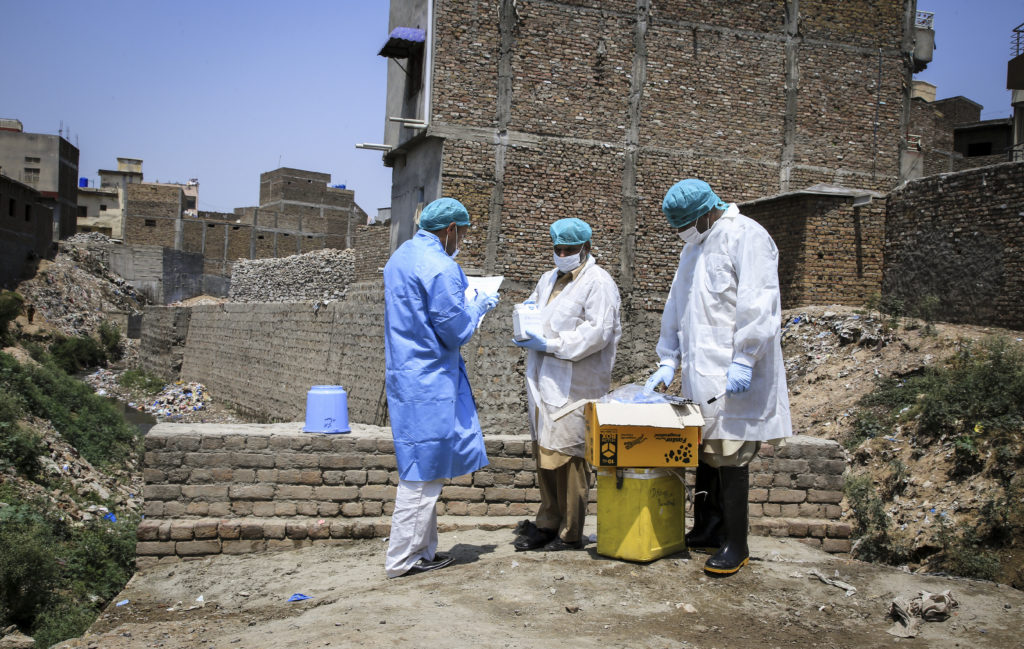
It’s a clear, summer day in Safdarabad, in the Punjabi province of Pakistan, and Mr. Patras Maseeh Bhatti and his colleagues have just arrived at “work” for the day. Surrounded by brick buildings instead of the inside of laboratory, they might look out of place in their attire. Dressed from head to toe in bio-hazard lab coats, long black rubber boots, and thick industrial gloves and armed with a bucket, their mission is to collect enough sewage from the selected sample site to be transferred in a separate container to the laboratory in Islamabad. Once there, the sample will be tested for poliovirus.
This sampling is part of a system of disease surveillance, which underpins the entire global effort to eradicate poliovirus. Without surveillance, it would be impossible to pinpoint where and how wild poliovirus is still circulating, or to verify when the virus has been extinguished from the wild.
Across the Eastern Mediterranean Region, disease detectives like Mr. Bhatti are becoming more and more important in the fight to end polio. In addition to surveillance for Acute Flaccid Paralysis (AFP), which involves the detection and reporting of children with rapid-onset ‘floppy’ limbs, environmental surveillance involves testing sewage or other environmental samples for the presence of poliovirus.
“This is the only mechanism where you will be able to detect viruses that are circulating with the absence of paralytic polio cases,” Dr Humayun Asghar of WHO’s Regional Polio Programme explains. “As we get closer to eradicating polio even with very high [vaccination] coverage in the population, the virus can still circulate undetected in under-immunized children.”
The growing network of disease detectives
Although AFP surveillance remains the gold standard for surveillance for polio, only one in approximately 200 cases of polio actually show symptoms of paralysis. The World Health Organization has been working closely with a number of countries within the Eastern Mediterranean Region to expand environmental surveillance networks and build capacity in field and lab staff. In endemic areas, environmental surveillance is providing critical supplemental information and data, enabling epidemiologists to tailor the eradication strategies even further. In other parts of the Region, it is proving a critical additional tool to mitigate the risks of a potential virus importation, particularly given the challenges that some countries face, including large-scale population movements, inaccessibility or insecurity.
“In these situations, any additional tools to supplement our AFP surveillance are critically valuable,” he says, “and we need a robust system in place for countries to be able to manage this network.”
In countries like Pakistan and Afghanistan, Dr Asghar says rapid and extensive population movement is the biggest risk for the virus spreading. “The virus moves with the people, so we cannot be sure that the virus is staying where we detect the cases. Here, environmental surveillance has proven extremely valuable because in the absence of many paralytic cases, we continue to detect wild poliovirus in the environment which tells us a lot about how and where the virus might be continuing to hide.”
The detection of poliovirus in countries not recording paralytic cases is also very useful, Dr Humayun says. During the polio outbreak in the Middle East in 2013-2014 this helped to inform partners carrying out the multi-country regional response where to further concentrate efforts in order to close the outbreak and ensure it did not spread further.
In both Pakistan and Afghanistan, environmental surveillance has been one of the key strategies for narrowing in on where the virus continues to circulate, and the lessons learned through the establishment of environmental surveillance in these countries is informing the expansion across the region.
In Lebanon and Jordan, where environmental sampling has been established in 2017, staff have been trained to collect samples from specified collection sites and to ensure the samples reach the laboratory in Amman in the right condition for processing.
Efforts to build on existing health infrastructure and disease surveillance systems in Iran, Sudan, Somalia, Syria and Iraq are underway, with plans for the expansion of environmental surveillance systems and lab networks in 2017.
Leaving a lasting legacy for health systems
Since the Global Polio Eradication Initiative (GPEI) began in 1988, the programme has mobilized and trained millions of community health workers and volunteers for surveillance. A standardized, real-time global surveillance and response network exists and is being put to full use.
Dr Humayun says that this investment in people and infrastructure is not only of benefit during the last mile of polio eradication, but will be a lasting legacy that the polio programme will leave behind for health systems of countries across the region.
“Polio surveillance methods, techniques, facilities and knowledge are our biggest assets, but they have applications beyond our programme. So, these laboratories can be of great value then to countries who need to develop their capacity in other diseases of public health importance,” he says.
Learn more about disease surveillance
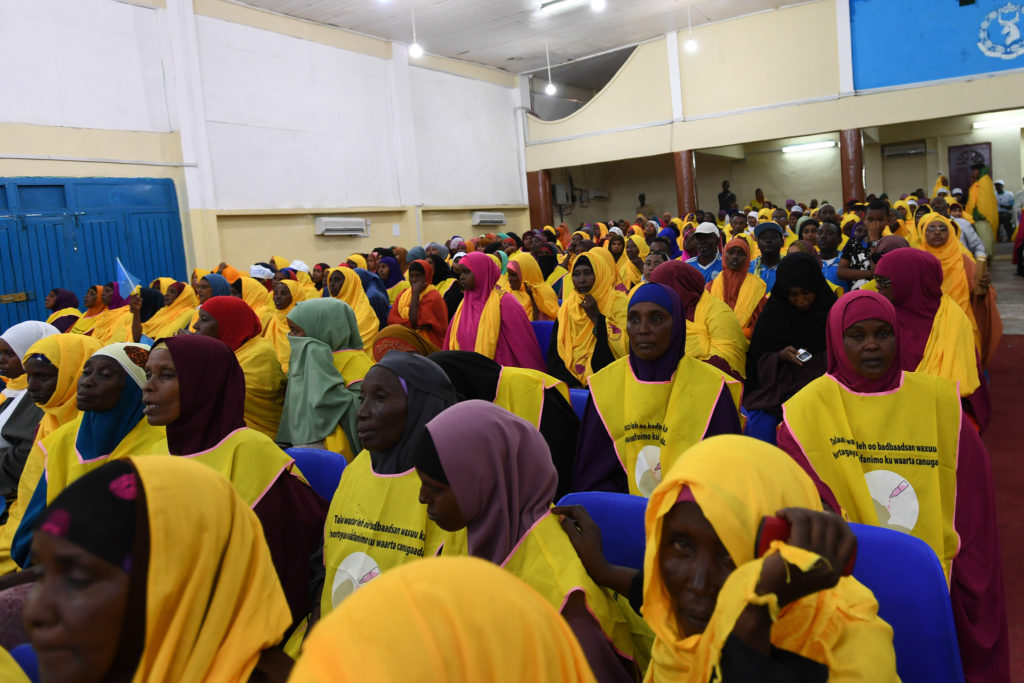
This week marks a milestone occasion for Somalia – three years since the detection of the last case of poliovirus in the country. With significant commitment and hard work, Somalia has effectively raised population immunity to the virus, and improved disease surveillance to help pick up any trace of the disease.
Speaking at a celebratory event in Mogadishu, WHO Regional Director for the Eastern Mediterranean, Dr Mahmoud Fikri, has praised Somalia’s efforts to rid the country of the virus, but emphasised the importance of continued attention and focus to keep the country polio free.
“The absence of cases of polio in Somalia today is testament to the leadership, commitment and hard work of the Government and people of Somalia, and the effective support and collaboration of many partners,” Fikri said. “We need to remember however, that Somalia is at risk of reinfection and we must stay vigilant,” he said.
Gaps in vaccination and disease surveillance create an environment where polio can hide and thrive, particularly in countries where health systems are under strain. While the virus exists anywhere, children everywhere are at risk. Countries must remain committed to improving vaccination and disease surveillance activities to achieve eradication and keep the world polio free.
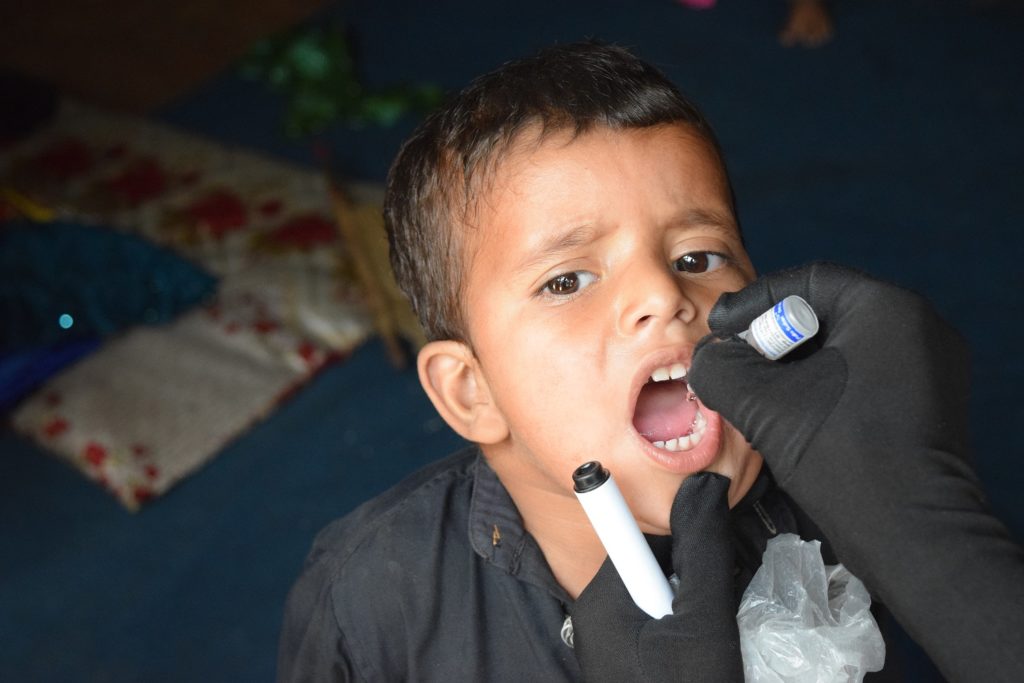
At the end of May 2017, more than 38 million children under the age of 5 were vaccinated against polio in Pakistan. During the campaign, over 250,000 trained polio workers went from house to house across the length and breadth of the country to vaccinate children against the crippling disease.
This was one of five country-wide vaccination campaigns that took place during the 2016/2017 “low season” for poliovirus transmission. From October to May when temperatures are low in Pakistan, the virus remains less active, giving polio eradication experts the opportunity to get ahead of the virus.
The end of the May polio campaign marked the start of the “high season” for poliovirus transmission. The ability of the poliovirus to infect children increases in high temperature and during heavy rainfall. As a result, viral circulation is expected to be higher from June to September.
Reaching more children
With steady gains in the proportion of children vaccinated during the 2016/2017 low season, the May campaign achieved an overall goal of vaccinating 92% of the targeted children, according to independent post-campaign monitoring. The highest vaccination coverage rates were observed in Khyber Pakhtunkhwa (KP), Sindh and the Federally Administered Tribal Areas (FATA), some of the highest risk areas of the country, with rates increasing from 84% to 95% in KP and 77% to 93% in Sindh in the last nine months.
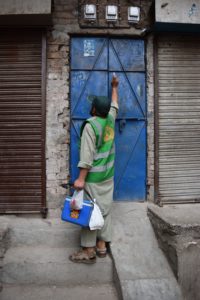
However, more work is needed to bring vaccination rates up to 95%, the level identified as that needed to stamp out the virus for good. FATA remains the only region consistently over 95% in the last three campaigns, with Balochistan, Islamabad, Azad Jammu, Kashmir and Gilgit Baltistan not reaching the benchmark.
With the high season underway, Pakistan is well-positioned to respond to these remaining gaps and challenges. The current situation remains the best we have ever seen in the country, with the virus geographically limited. The number of cases has declined from 306 in 2014 to 53 in 2015, and to 20 in 2016. So far this year, the number of polio cases reported in Pakistan is three (compared to 13 the same time last year). However, this progress means that there is more to lose than ever before. The low season campaigns put the polio programme in a better position with which to fight the virus through the high season.
Poliovirus in the environment
While the number of new wild poliovirus cases remains record low, the environmental surveillance system indicates the virus remains a serious threat to children, with the proportion of samples being tested positive for poliovirus reaching 18 per cent as of May this year compared to 10 per cent as of May 2016. In particular, the environmental presence of the virus has increased in the Quetta block, Karachi and the twin cities of Islamabad-Rawalpindi. The programme is systematically addressing and responding to these challenges by focusing on reaching missed children and continuously improving campaign quality to remove every last hiding place of the virus.
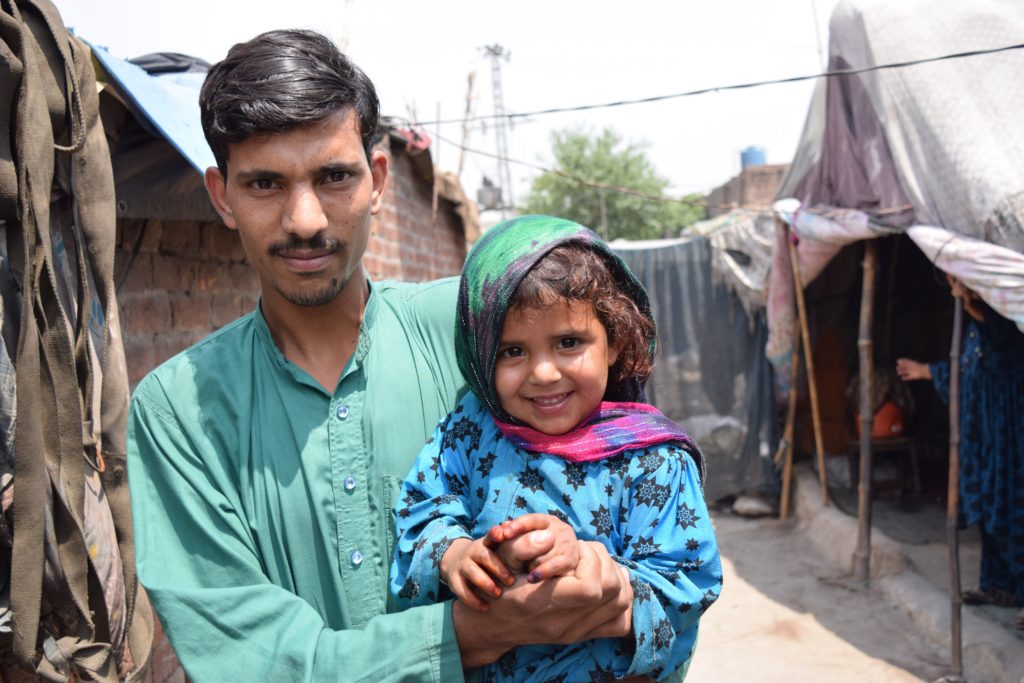
Preparing for the next low season
Government leadership is fully committed to the National Emergency Action Plan (NEAP), implemented via focused Emergency Operations Centers at National and Provincial levels, with emphasis on evidence-based decision making, a one-team approach between all of the partners of the GPEI and the government, highlighting the essential role of front-line workers at the center of the polio eradication effort, effective oversight of performance management and accountability, and coordination across the common Afghanistan-Pakistan epidemiological block. As eradication moves into the final stage, seamless cross-border coordination with Afghanistan, that has had four polio cases so far this year, becomes ever more critical to success in both countries.
Learn more about the polio surveillance system
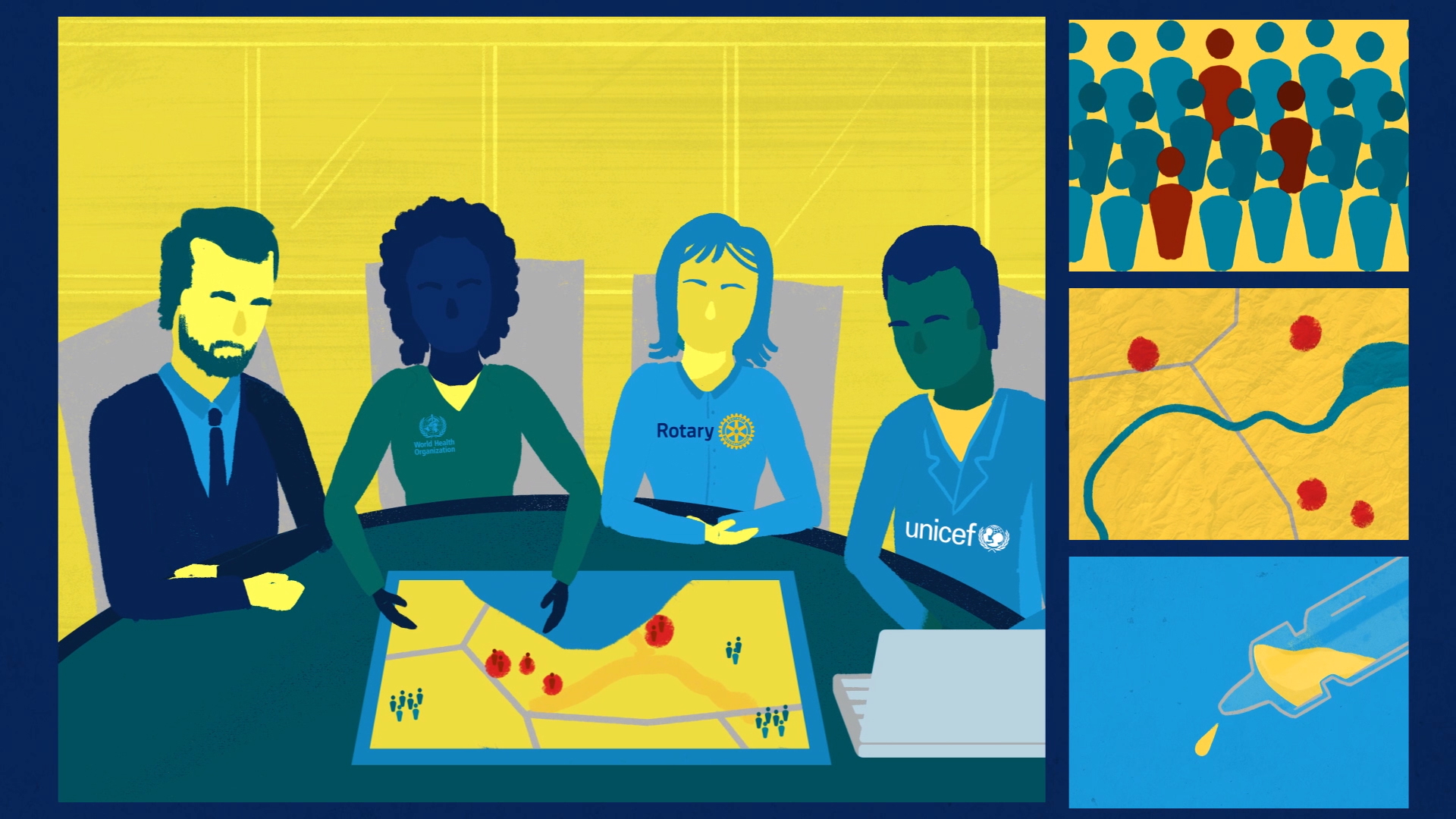
The detection of even a single case of polio anywhere in the world is considered an outbreak. As soon as the polio surveillance system sounds the alert that a virus has been found, an outbreak response springs into action.
But when a virus has so many possible hiding places, how can we be sure it is gone? What enables an outbreak response to be called to an end?
Ending an outbreak: on paper
According to official guidelines, an outbreak is considered to be stopped following a period of 12 months without the detection of any new polioviruses detected from any source, assuming disease surveillance meets certification standards. Once experts are confident that there are no immunity or surveillance gaps that could allow the virus to hide, the World Health Organization (WHO) removes the country from its list of re-infected or endemic countries.
Finding the needle in the haystack
These guidelines set important standards, yet carrying them out in the real world can be complicated. In Nigeria in August 2016, four wild poliovirus type 1 cases were detected. They were caused by a strain that had not been detected since 2012, due to insecurity making disease surveillance difficult in the surrounding area, enabling the virus to move unchecked.
This reminds us that guidelines – while essential – cannot do the job alone. Thorough epidemiological, operational and virological analysis is needed before interruption of poliovirus can truly be verified; and each new outbreak coming to an end must be assessed individually.
Outbreak response assessments
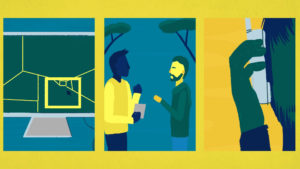
Every three months in outbreak countries, Outbreak Response Assessments are held by independent experts. They directly observe the implementation of all activities, analyse and verify the data and track how the outbreak is evolving – and whether the response is having an impact. They make recommendations to strengthen the continued outbreak response.
Outbreak Response Assessments provide crucial evidence for programmatic performance, risk management and evolving epidemiology. Without such assessments, we could not verify the continued presence or absence of poliovirus circulation.
Once 12 months have passed with no cases and immunization and surveillance data has been carefully scrutinised through these assessments, the outbreak response assessment committee finally draws its conclusions that the outbreak is over.
International Health Regulations
Information and conclusions from Outbreak Response Assessments are taken into consideration by the Emergency Committee of the International Health Regulations (IHR). Through the IHR, countries work together for global health security, limiting the risk that outbreaks spread across borders. In 2014, polio was declared a public health emergency of international concern under the IHR, leading to temporary recommendations which were put in place for all countries with or at risk of polio to reduce the risk of international spread.
The Emergency Committee on the Spread of Poliovirus meets every three months to review global epidemiology. They draw their own conclusions and classify countries into categories of risk. This helps to stop new outbreaks from taking place and adds an extra pair of eyes to assess when an outbreak has come to an end.
Becoming officially polio-free
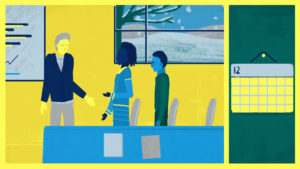
The final stamp of approval that a region is polio-free only comes with regional certification. An independent Regional Certification Commission reviews data from all countries in a given region, ensuring that surveillance indicators and vaccination coverage from every single area are of the highest possible levels.
This process takes at least three years. Only when no virus has been detected anywhere in the region for a significant length of time and no doubt is left that the virus is completely gone does a region become certified as polio-free.
Only when no case of polio has been detected anywhere in the world for more than three years will the Global Certification Commission for the Eradication of Poliomyelitis meet to take a decision on whether the virus is truly gone from the world.
No room for complacency
Time, attention to detail and double checking what we know – this is what it takes to end an outbreak.
In the end, the decision to end an outbreak is only as good as the data from each remote village, each sample tested in a laboratory and each vaccination round. This makes knowledge the most powerful tool we have in the fight against polio.
Even once an outbreak has been stopped there is no room for complacency. As long as poliovirus continues to circulate anywhere in the world, countries everywhere remain at risk. As polio moves with people, any population movement to an area of low immunity can lead to a new outbreak.
Until the world has been certified polio-free by the Global Certification Commission, all countries must vaccinate every last child, find every last virus and be prepared for any outbreak.
Related news:
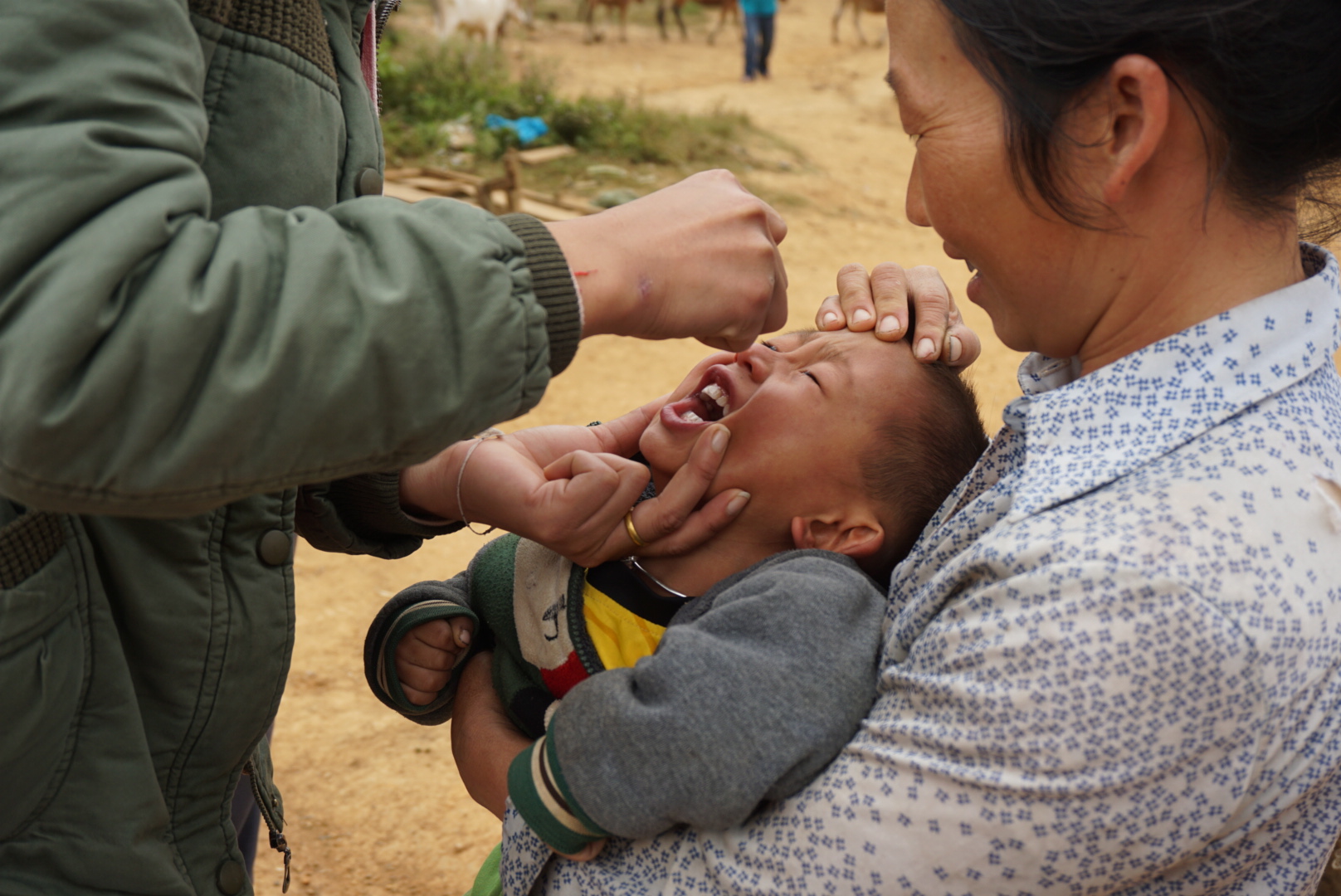
As of May 2017, Lao People’s Democratic Republic (PDR) is officially no longer infected with circulating-vaccine derived polio virus (cVDPV), according to the International Health Regulations (IHR) Emergency Committee on the international spread of poliovirus.
After an outbreak of circulating vaccine derived poliovirus type 1 (cVDPV1) in 2015 and 2016, the country has now been without cases for over 12 months, with the last case reported in January 2016.
Since the outbreak, WHO, UNICEF and other partners have supported Lao PDR in their outbreak response efforts. This included support for multiple rounds of supplementary immunization activities, expanded social mobilization to raise community awareness and desire to vaccinate, and enhanced acute flaccid paralysis (AFP) surveillance activities to find the virus.
Ending the outbreak
In general, an outbreak is considered over following a period of 12 months without the detection of any new polioviruses from an AFP case, a healthy individual or an environmental sample, and with confirmed certification-standard disease surveillance.
An outbreak response assessment (OBRA) team visited the country in March to confirm the virus had, in fact, been stopped. The team, made up of representatives from WHO, UNICEF, and the US Centres for Disease Control and Prevention, concluded that all evidence suggested the outbreak had been successfully stopped, with all immunity and surveillance indicators meeting rigorous international standards.
At the OBRA meeting, development partners commended the Ministry of Health on its leadership in response to the outbreak. Tremendous progress was made in micro-planning, cold chain and vaccine storage at all levels, as well as nationwide social mobilization and strengthening of AFP surveillance.
Deputy Health Minister of Lao PDR, Dr. Phouthone Muangpak, noted that the Ministry of Health and local authorities need to take ownership to further improve surveillance sensitivity in the country.
Lessons from the outbreak response
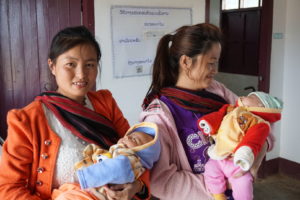
A challenging landscape and diverse ethnic communities added to the challenge of running vaccination schedules in Lao PDR. As the outbreak occurred in an area where vaccination levels had been very low for an extended period of time, campaigns were extended to reach all children under 15, and in some cases even adults. The nuanced cultural, lingual, religious and social needs of the Hmong community called for a response tailored to local needs, especially building an awareness of the importance of vaccines. Impromptu cinemas were set up against bamboo walls to pull in interested families and share information about vaccination campaigns after dark.
Find out more about the response in Lao in this photostory.
Meeting International Health Regulations standards
Information and conclusions from OBRAs are taken into consideration by the IHR Emergency Committee on the Spread of Poliovirus, resulting in this instance in the IHR classification as a state no longer infected with cVDPV1.
Despite being classified as polio-free, the IHR Emergency Committee still categorizes Lao PDR as vulnerable to reinfection. The country must continue to strengthen routine immunization to ensure all children are protected from any polio outbreak that may happen in the future and to maintain the improvements in disease surveillance, to ensure the virus is detected and stopped wherever it may emerge.
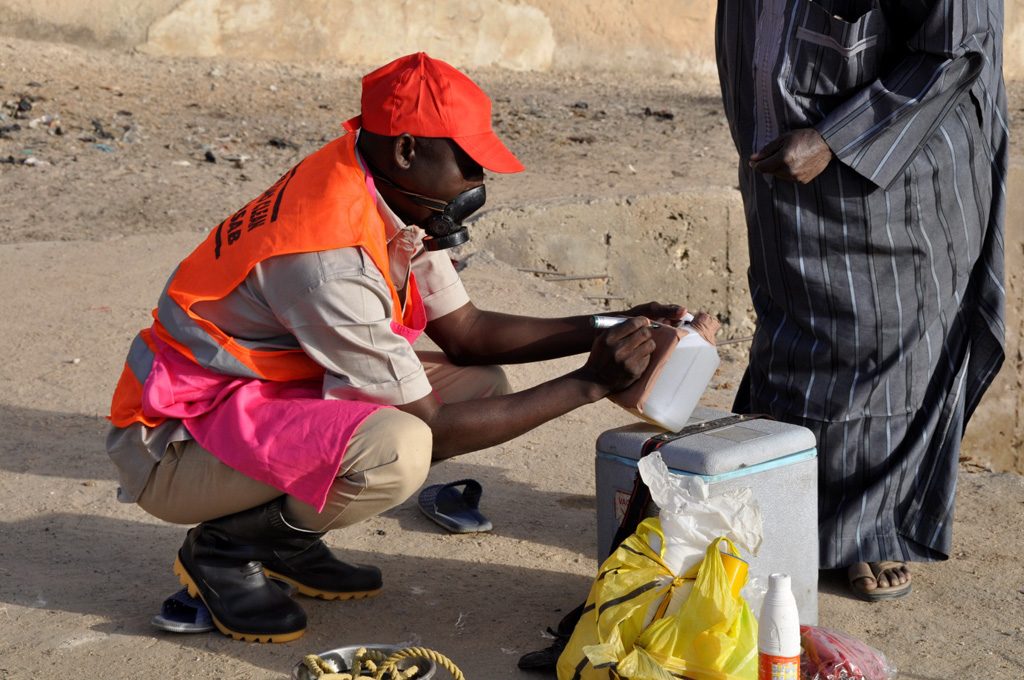
To end polio, we must know where the virus is. Disease surveillance for poliovirus is a unique and highly efficient system. As we get closer to eradication, we continue to improve the sensitivity of this already fine-tuned global system: only by finding every virus can we protect every child.
Around 25 years ago, the Global Polio Eradication Initiative (GPEI) set up a unique global system to find every child with a form of paralysis known as acute flaccid paralysis (AFP). AFP symptoms are caused by a wide range of factors, including polio. Polio is an enterovirus (intestinal infection) and is excreted in an infected individual’s stool. Every child with AFP’s stool is tested; if poliovirus is found in the stool, it is a case of polio.
The surveillance system is the sieve in which we sift all AFP cases; only polio cases pass through. Of the more than 90,000 AFP cases found every year, over 99.9% of cases test negative for wild poliovirus, but that small number of cases where poliovirus is isolated give epidemiologists all the information they need to know that the virus is present in a particular area/population.
Enter the environmental surveillance system
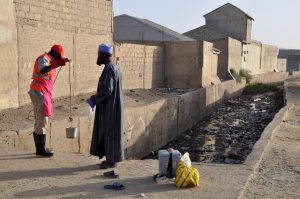
Today, with polio on the brink of being eradicated, AFP caused by polio only occurs in a very small number of children each year. But not finding cases of polio-paralysis does not necessarily mean the virus has stopped circulating in a population; in fact, we must use an even finer sieve to find the virus – enter the global environmental surveillance system.
Designed to supplement the AFP surveillance network, the environmental surveillance system can detect poliovirus even where there are no
polio-caused AFP cases. If poliovirus is circulating in a community, it will show up in their stool – and in their sewage. GPEI collects and analyses sewage samples in carefully selected places to test for the virus. With so few cases of polio across the world, this extra layer of sensitivity in disease surveillance is critical, as it is possible for people, including vaccinated individuals, to be healthy carriers of the virus and spread the virus without even knowing that they themselves are infected.
Setting up environmental surveillance
A series of strategically designed protocols ensures that GPEI is testing in areas most likely to be harbouring the virus. This significantly increases the system’s reliability.
- Site identification: Sampling sites are identified in areas where people from polio-infected areas are likely to go. These are often in urban, high-density population areas, with known cultural, social or economic ties to polio-infected areas.
- High-risk areas: High-risk areas are identified, often associated with large-scale population movements. These might include urban areas where season migrants congregate, and near camps for internally displaced persons.
- Analysis: The topography of the area is closely analysed to identify the physical ‘flow’ of the sewage.
- Timing: The most suitable time of day for sampling is identified. This is usually early in the morning, as this is often the most common time of day for children’s bowel movements.
This type of environmental surveillance is now institutionalized in national emergency action plans of the remaining polio-endemic countries, and provides crucial additional evidence of how and where the virus is circulating in these countries. In Pakistan, for example, despite the fact that cases are only identified in a handful of areas, environmental surveillance regularly confirms the presence of poliovirus across the country, indicating that virus transmission remains geographically widespread.
GPEI is taking steps to strengthen and adapt the system to work better with local infrastructure and operational limitations, and to evaluate new filtration systems and laboratory procedures for virus detection.
The strength of the global polio surveillance system is critical to the successful eradication of polio, but its value is not limited to one disease. This system regularly helps detect and enable rapid response to other epidemic-prone diseases, including SARS, avian influenza, measles, yellow fever, neonatal tetanus and Ebola.
Related stories
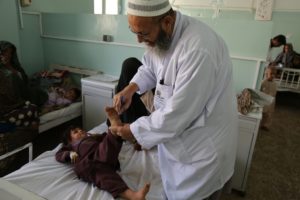
A strong surveillance system is the backbone of Afghanistan’s polio eradication effort. It ensures that every single poliovirus is detected and analysed, enabling a quick and effective response to stop every strain of the debilitating virus.
Afghanistan is closer than ever to stopping polio. The year 2016 ended with only 13 cases, down from 20 in 2015 and 28 in 2014. Most of Afghanistan remains polio-free, with transmission limited to the southern, eastern and southeastern parts of the country. Surveillance is key to ensuring that the virus is tracked and stopped wherever it circulates.
Together with partners of the Global Polio Eradication Initiative, WHO is further strengthening Afghanistan’s surveillance system to accelerate progress towards a polio-free Afghanistan.
Active volunteers track down the virus
Afghanistan currently has a network of 21 000 acute flaccid paralysis (AFP) reporting volunteers, including health workers in health facilities as well as community volunteers such as traditional healers, mullahs, shrine keepers and pharmacists, supported by over 700 AFP focal points. These volunteers actively find and report children who have symptoms that could be polio: floppy, rapid-onset paralysis with no apparent cause. Stool samples are collected from each child with suspected polio, and sent for further laboratory testing and analysis.
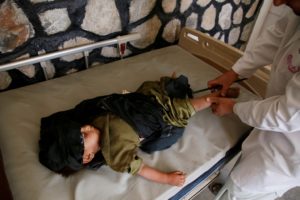
“As a doctor I feel it is my responsibility to work for polio eradication in my country. Polio is a devastating disease that can cause permanent paralysis so everyone should play their part in ending this disease,” said Dr Saifurrahman, AFP reporting volunteer from Shah Wali Kot district of Kandahar. “When a patient with floppiness or paralysis comes to the clinic, I examine the child properly and if the signs point to polio, I immediately inform the Provincial Polio Officer, after which we’ll collect stool samples for further testing.”
In 2016, the polio surveillance network reported a total of 2903 AFP cases, of which 13 were confirmed polio cases and 2858 were discarded as non-polio AFP. As of mid-February, 31 cases are pending classification.
An external review conducted in 2016 concluded that Afghanistan’s polio surveillance surpassed global standards and the circulation of wild poliovirus is unlikely to be missed.
With the support of WHO, Afghanistan continues to step up its surveillance system. In last year alone, 458 new surveillance reporting sites have been introduced and the AFP reporting volunteer network expanded by 18%.
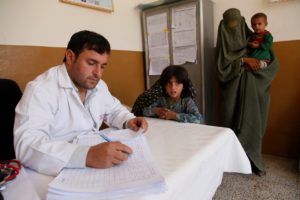
When vaccinators go around communities during immunization campaigns and transit teams vaccinate children on the move, they also conduct active AFP case search to further boost AFP surveillance. Active AFP case search has also been incorporated into trainings led by the Ministry of Public Health and WHO ahead of every national immunization campaign.
Strong polio surveillance relies on Afghans who are close to their communities and trusted by them. Saheeb Jaan, a shrinekeeper in Bamyan province, has been a volunteer AFP reporter for 8 years.
“If I see a family come to the shrine with a sick child having weakness or paralysis, I report it to the doctors. WHO has given me a referral notebook so that I can get their information and convince them to call the doctors to make sure their child does not have polio,” she said. “I became a volunteer because it is a good cause and helps save children’s lives. I am happy and proud to be a part of the polio campaign.”
Every single AFP reporting volunteer receives comprehensive training from WHO at least once a year, reviewing key aspects of surveillance such as AFP case definition, clinical signs and symptoms of polio, proper check-up procedures and the protocol for notifying AFP cases to the focal point.
Stepping up environmental surveillance
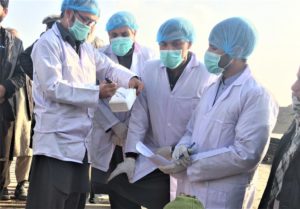
Environmental surveillance, the collection and laboratory analysis of sewage samples, further increases the sensitivity of surveillance in critical areas.
Afghanistan’s environmental surveillance was set up in Kandahar City in 2013 and samples are now regularly collected from 17 active surveillance sites. WHO and partners conducted a thorough assessment of existing sites in December 2016, leading to three new additional surveillance sites being selected in Kandahar, Nangarhar and Khost, in addition to existing sites in Kabul, Kunar and Helmand. Environmental samples are collected monthly, but sampling frequency has recently been doubled in the south.
In 2016, two poliovirus isolates were reported from environmental samples, down from 19 in 2015.
The road ahead
Afghanistan’s strong surveillance system ensures that the programme continues to find every strain of the virus in its hiding places, accelerating the road ahead to a country free of polio.
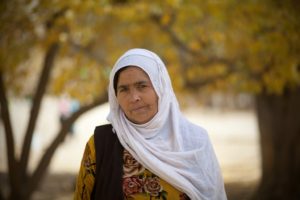
Vigorous training of AFP reporting volunteers and focal points remains crucial in order to guarantee that no AFP case is missed and that samples are collected, stored and transported properly. WHO continues to support the training and orientation of new and existing AFP focal points and volunteers to ensure each volunteer is trained at least once a year.
The programme is engaging more private health facilities to further strengthen the AFP reporting network. Currently almost 1400 private practitioners are involved as reporting volunteers around the country, making up 6% of the network, and the number is increasing. Engaging more private clinics will further improve the programme’s ability to find children with paralysis.
“Afghanistan’s surveillance system exceeds global standards but we must continue to stay vigilant and continuously review and expand the system where necessary,” said Dr Hemant Shukla, head of the polio programme at WHO Afghanistan. “Constantly improving the quality and sensitivity of the surveillance system is critical for securing a polio-free future for Afghanistan.”
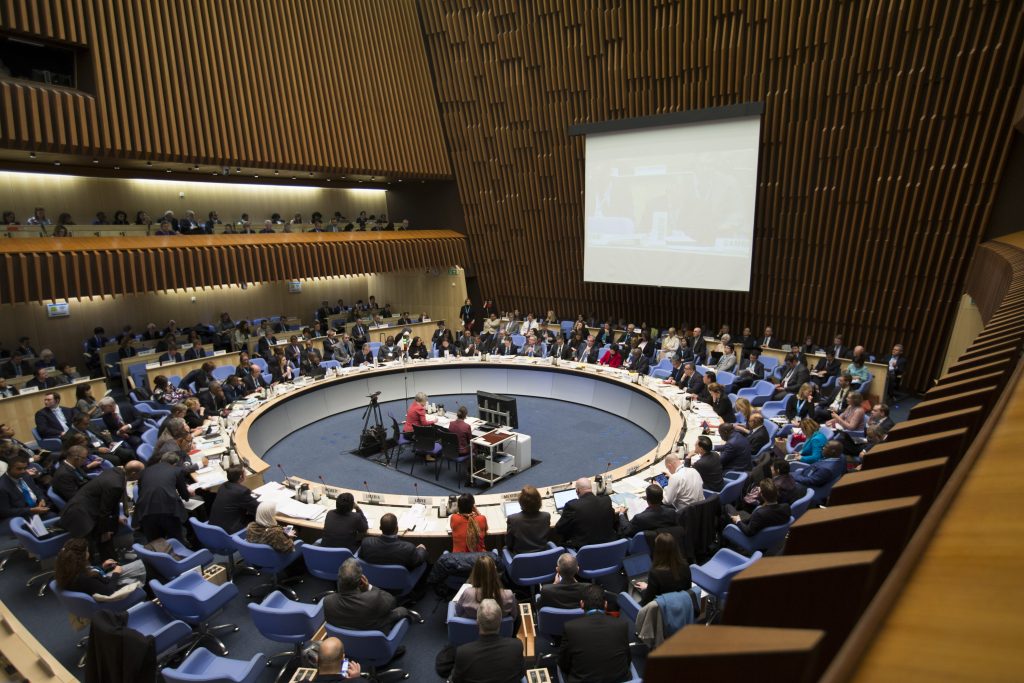
27 January 2017, Geneva, Switzerland – Ministries of health gathering at this week’s Executive Board of the World Health Organization (WHO) reviewed the latest global poliovirus epidemiology and concluded that the world has never had a better chance to complete the job. Amid discussions on Ebola, Zika and pre-elections for the new WHO Director-General, delegates stressed the urgent need to secure a lasting polio-free world, by fully implementing the Global Polio Eradication Initiative (GPEI) Polio Eradication Endgame Strategic Plan.
Endemic polio is now restricted to a handful of areas of Pakistan, Afghanistan and Nigeria, all of which are implementing regionally-coordinated emergency plans to reach and vaccinate the remaining pockets of under-immunized children.
Despite more children being reached in these traditional ‘reservoir’ areas for the virus, delegates cautioned that risks remained, as underscored by the detection of polio cases in Borno state of Nigeria, the first in two years anywhere in Africa. Countries are now focusing on making sure there are no surveillance gaps at a subnational level so that virus cannot circulate undetected, while working to increase population immunity levels.
Delegates commended the successful global switch from trivalent oral polio vaccine (OPV) to bivalent OPV in 2016, and emphasized that strong surveillance to detect any type 2 poliovirus from any source is now critical. A global stockpile of monovalent OPV type 2 (mOPV2) remains on hand for potential response as needed. A critical global supply shortage of inactivated polio vaccine (IPV) continues to pose a risk, but is being managed by prioritizing available supply to high-risk areas and implementing new measures to stretch available supply, notably use of fractional IPV, as recommended by the Strategic Advisory Group of Experts on immunization (SAGE).
At the same time, countries expressed appreciation at the ongoing efforts to fully implement global laboratory containment activities. They also encouraged plans to transition the infrastructure of the GPEI for the long-term, to ensure the assets and infrastructure established to eradicate polio will continue to benefit broader public health efforts even after the disease is gone. At the World Health Assembly in May, the GPEI will present a strategic roadmap towards polio transition and the development of a post-certification strategy.
With all technical and programmatic building blocks in place to achieve success, ministries urged all stakeholders to ensure that the necessary financial resources to fully implement the Endgame Plan are rapidly mobilized.
Closing the discussion, partners from civil society addressed the ministries through Rotary International with a clear call to action: “We must protect hard won gains by sustaining immunity levels and careful monitoring of virus transmission. An additional US$1.3 billion is needed through 2019 to reach more than 400 million children in up to 60 countries and to ensure high quality surveillance. The eradication of polio will be a monumental achievement by a global partnership. Such achievements exemplify what we can do when united for a common purpose. Together we can end polio and forever build a better future for all children.”
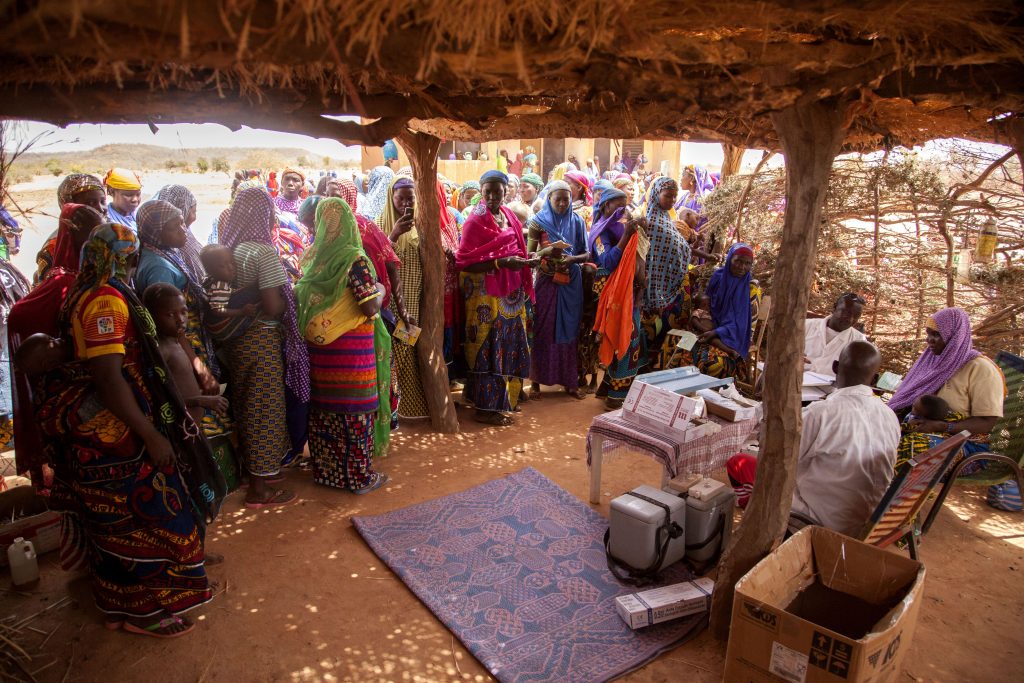
Polio is highly infectious, and can easily fly undetected with a child from one country to another. But when anyone flies from the Republic of Korea, they are directly supporting the effort to ensure this disease never travels again at all.
An innovative financing mechanism titled the ‘‘Global Disease Eradication Fund” air-ticket solidarity levy means the Government of Korea collects 1,000 South Korean Won (about US$0.85) from each international passenger departing Korea’s airports. This week, the Government of Korea announced it was giving US $4 million of those funds to UNICEF and WHO to support disease surveillance and a rapid outbreak response wherever it occurs.
This contribution has been generously matched by the Bill & Melinda Gates Foundation, doubling its impact to $8 million and reducing the polio eradication funding need, which is currently estimated at $1.3 billion for 2016-2019.
This unique new funding agreement was made possible through the committed work of Korean Rotary members, who used the global stage of their Rotary International Convention in Seoul in May to highlight the opportunity for Korea to support polio eradication.
Michael K. McGovern, the Chair of Rotary’s International PolioPlus Committee, expressed his thanks to the Government of Korea for its support. “We are getting closer to our goal of a polio-free world, but we’re not done yet,” Mr McGovern said. “This new funding from Korea will help ensure the right financial resources are in place to get the world to the finish line: a future where no child has to suffer the devastating effects of polio.”
UNICEF and WHO welcomed the funding, which will be used to detect and respond to any potential outbreak of polio. UNICEF received $3 million, with WHO receiving $1 million of the funds.
UNICEF Director of Polio Eradication Reza Hossaini said the funding would be utilized for rapid outbreak response. “UNICEF is responsible for supply and demand in an outbreak response – the rapid supply of safe and effective vaccines, and generating the demand in the community to ensure they seek the vaccine and can quickly protect their children from the virus.”
WHO’s Director of Polio Eradication, Dr Michel Zaffran, said the funding would support the roll-out of effective disease surveillance globally. “To eradicate poliovirus, we must know where it is,” Dr Zaffran said. “Korea’s contribution is key to ensuring that we can find poliovirus anywhere it still survives through sensitive disease surveillance mechanisms.”
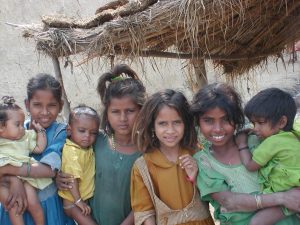
Six years ago today, Rukhsar Khatoon from West Bengal became the last Indian child to be paralyzed by polio. Since that day, India has not experienced a single case of wild polio, paving the way for the South East Asia Region of the World Health Organization to be certified polio-free in 2014.
Once considered the toughest context in the world to eradicate polio, India achieved this feat through a relentless focus on reaching and immunizing every last child: it has since maintained high immunity to polio and very high quality disease surveillance, made the switch from trivalent to bivalent oral polio vaccine in its routine immunization system, and is working to transition its extensive polio eradication knowledge and assets to serve broader public health goals.
Sensitive disease surveillance and high immunity against polio remain important priorities for all countries until the remaining endemic countries stop polio for good.

